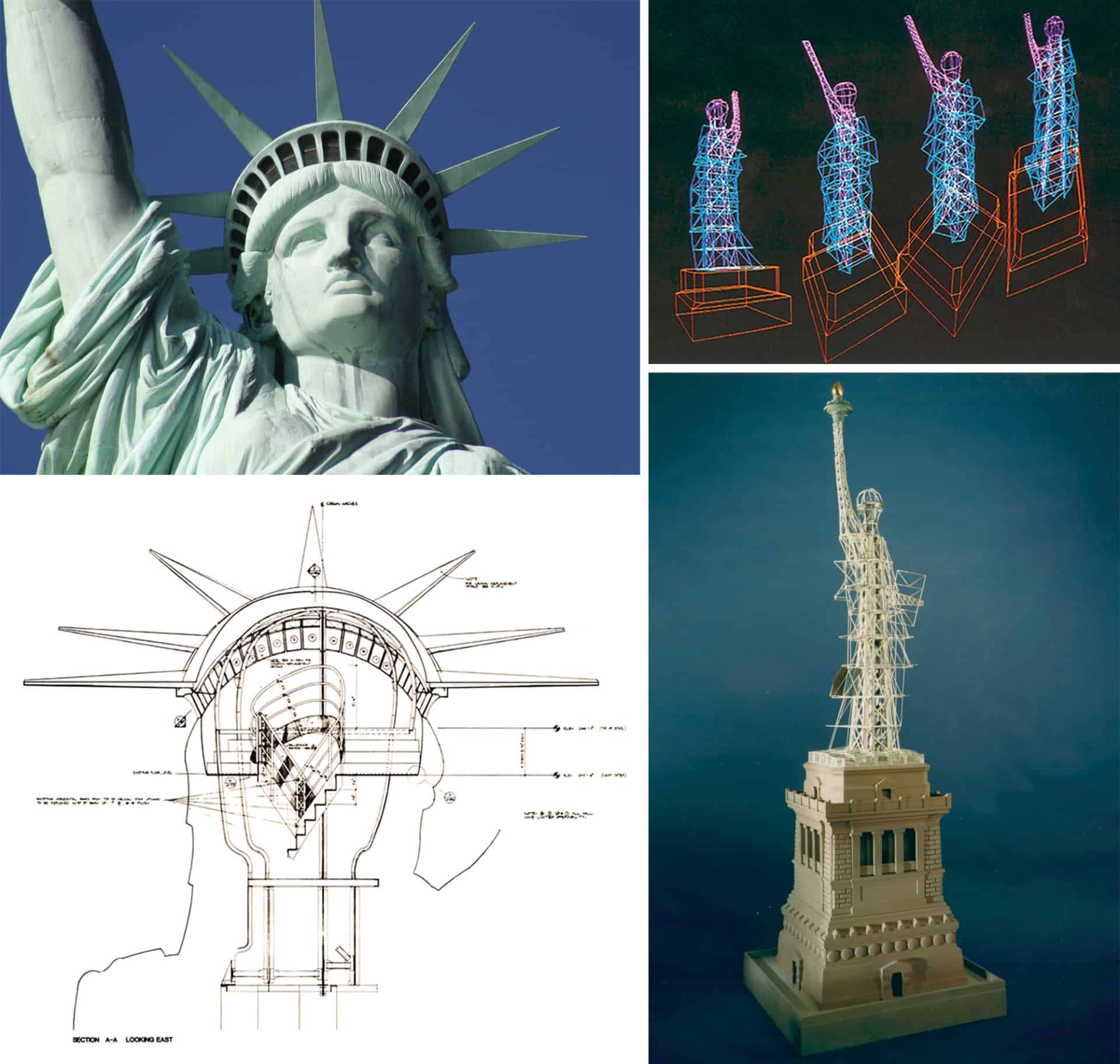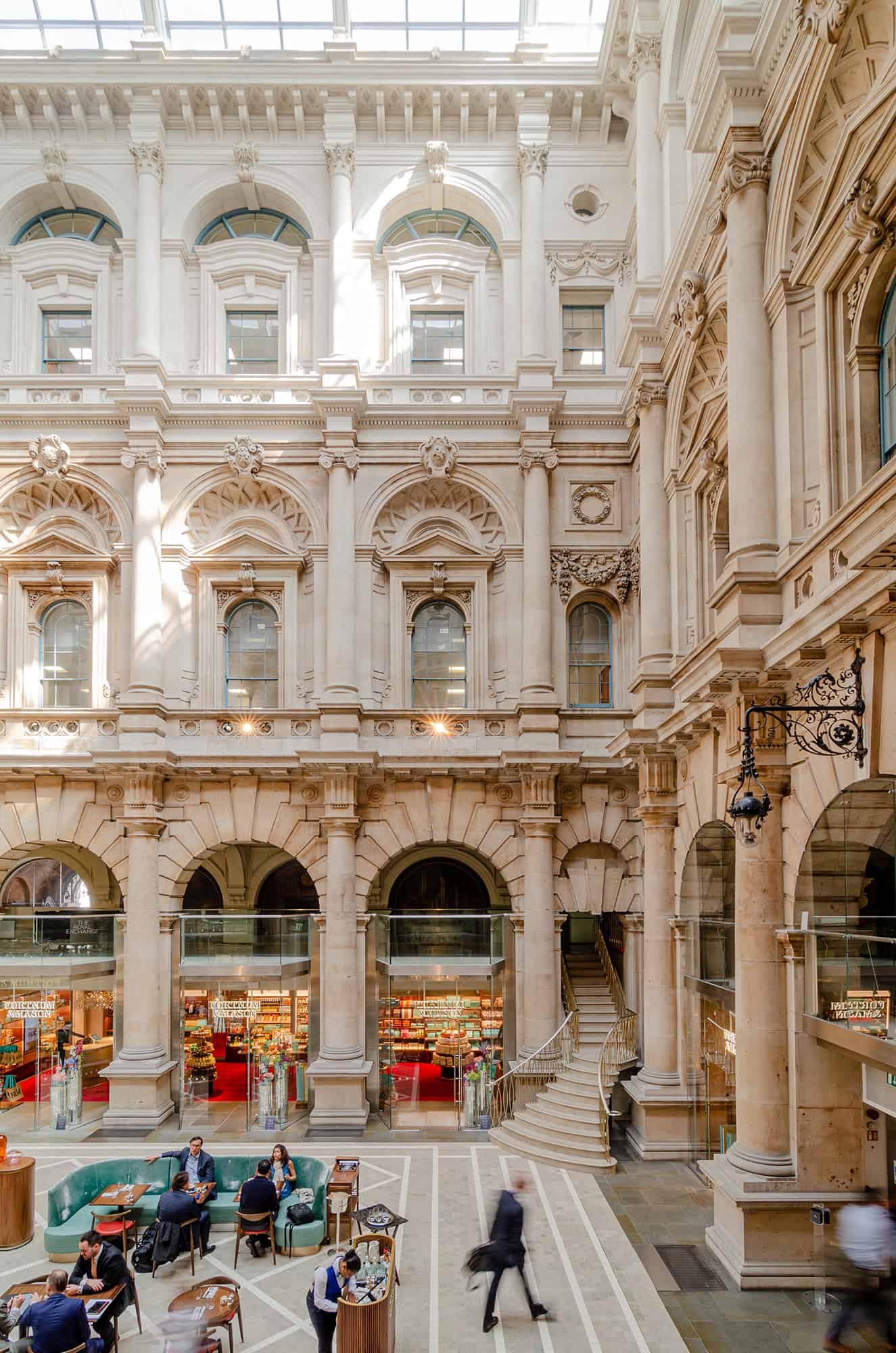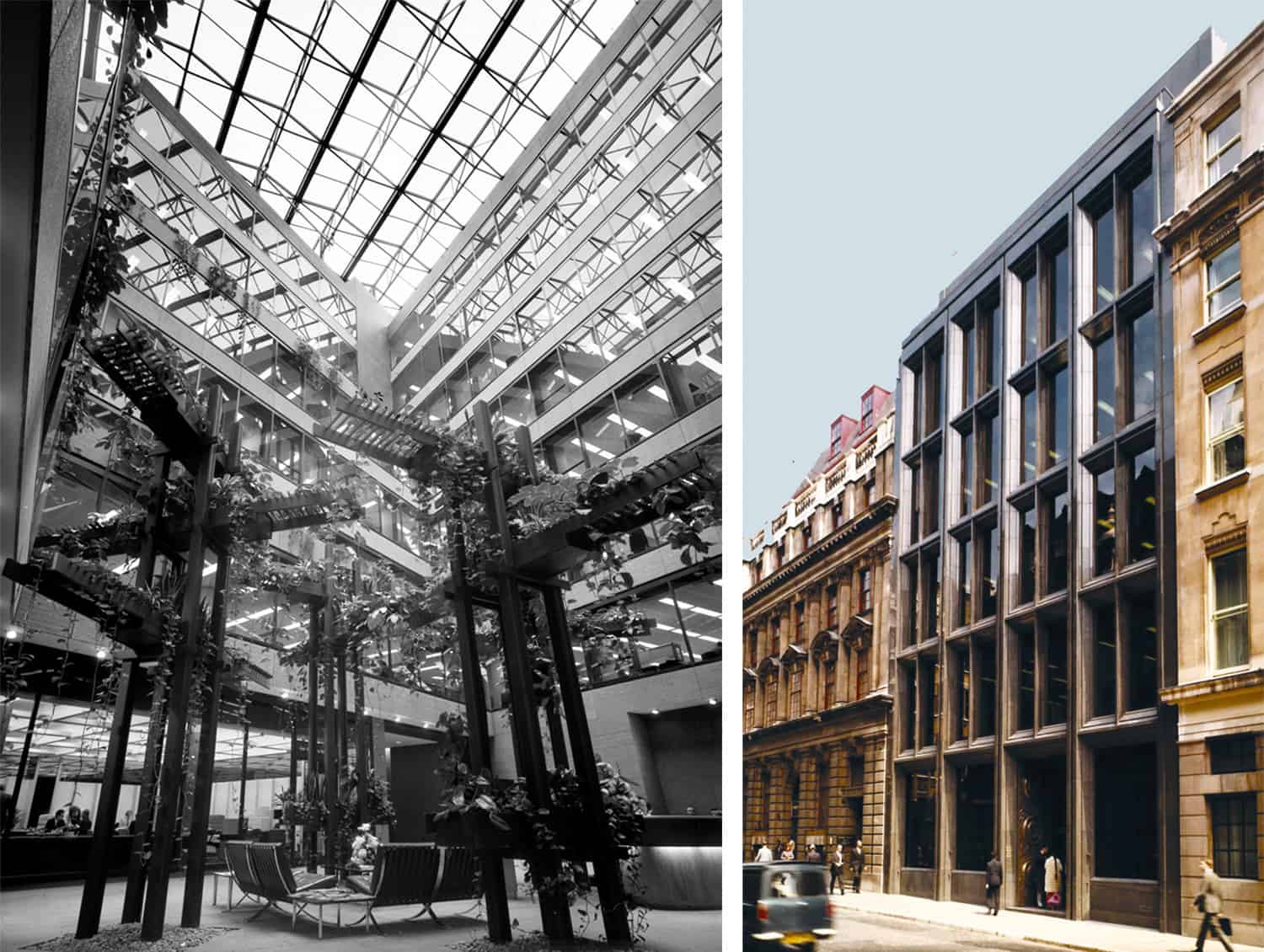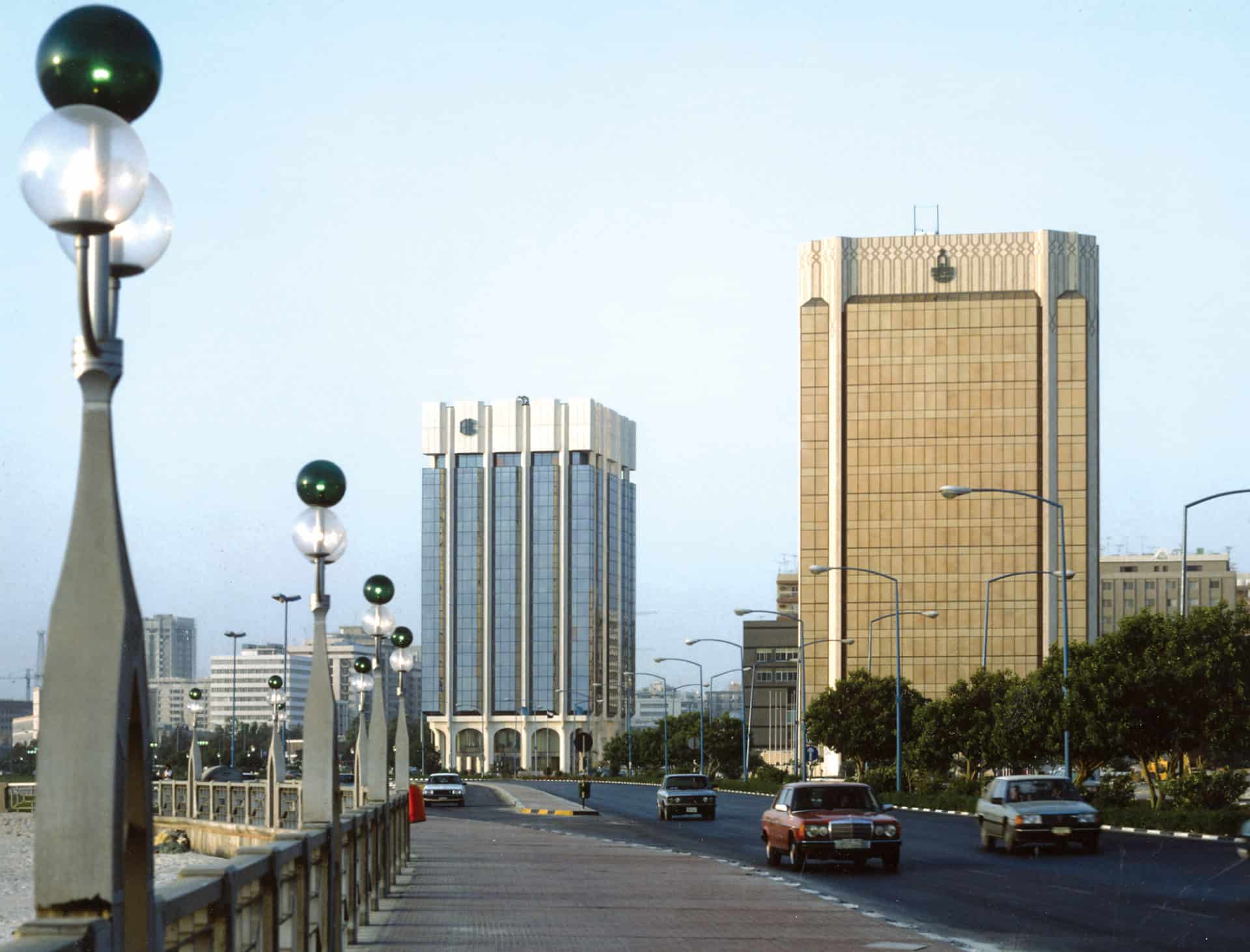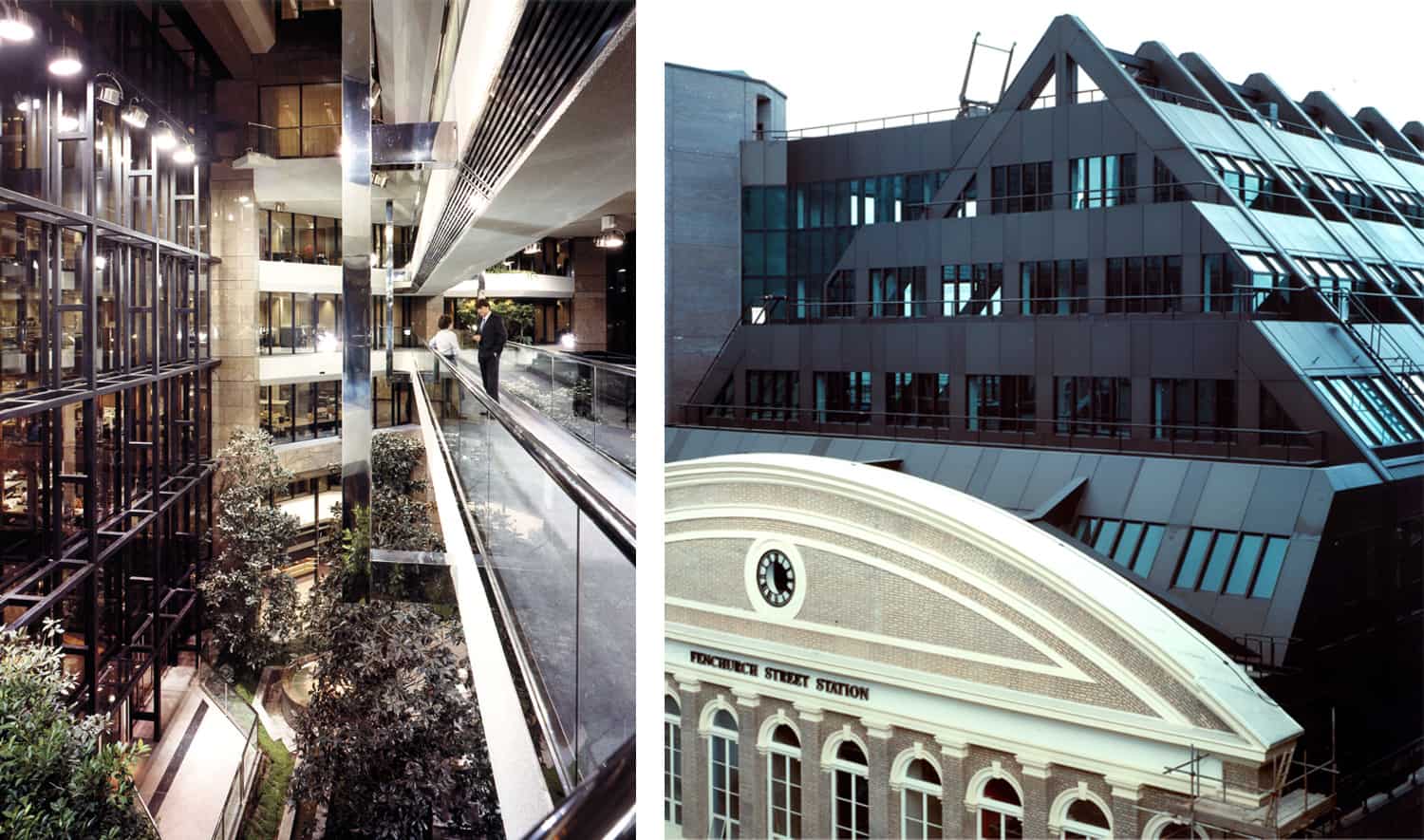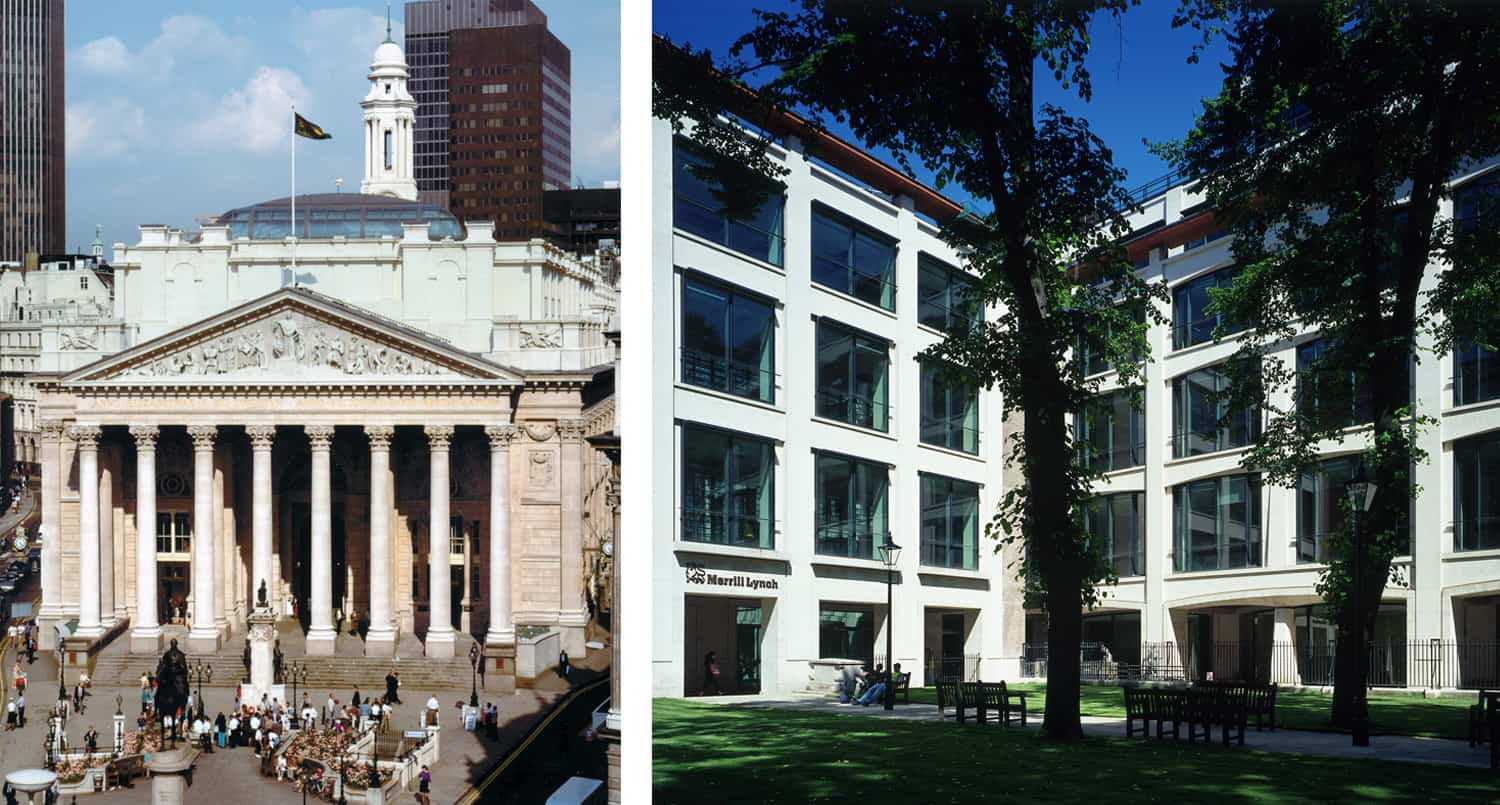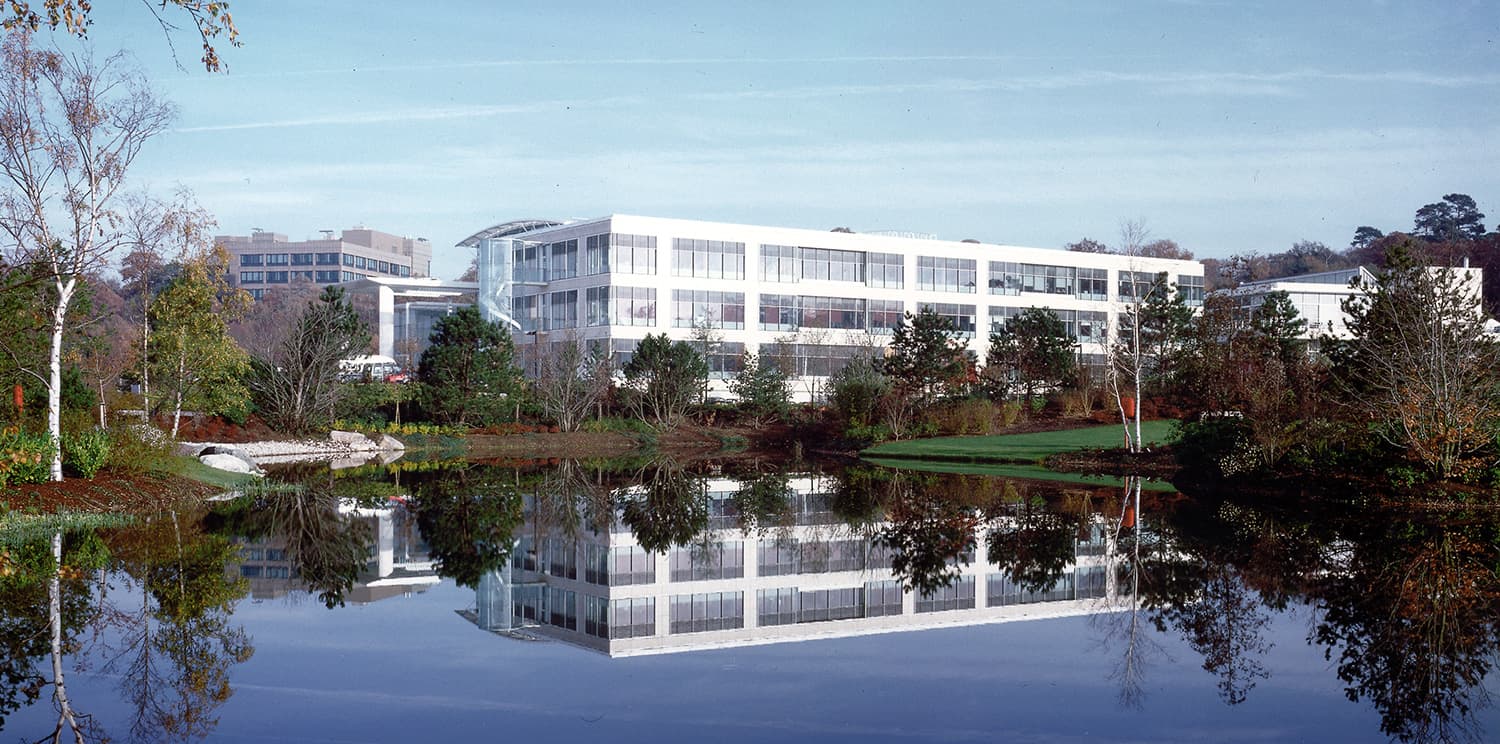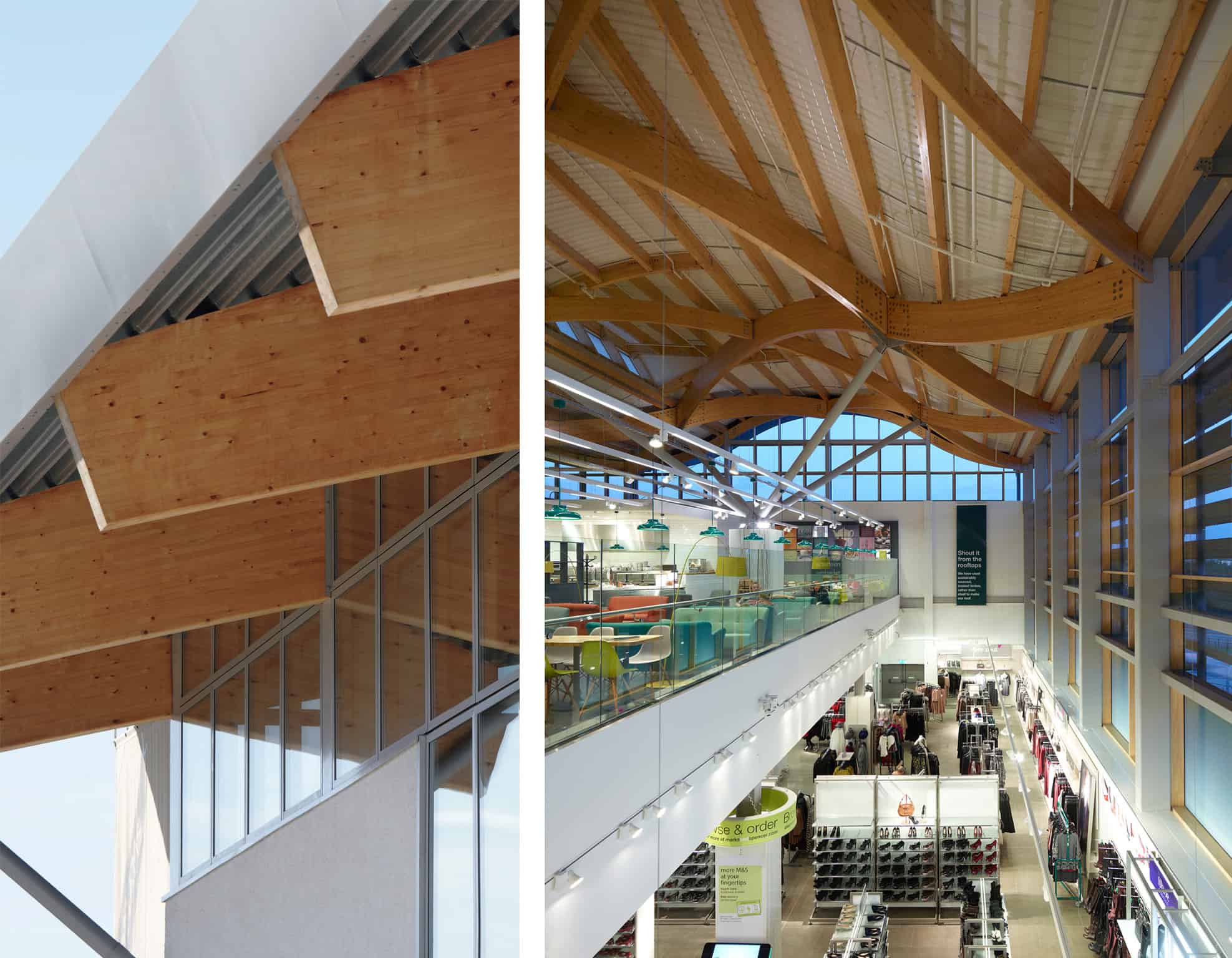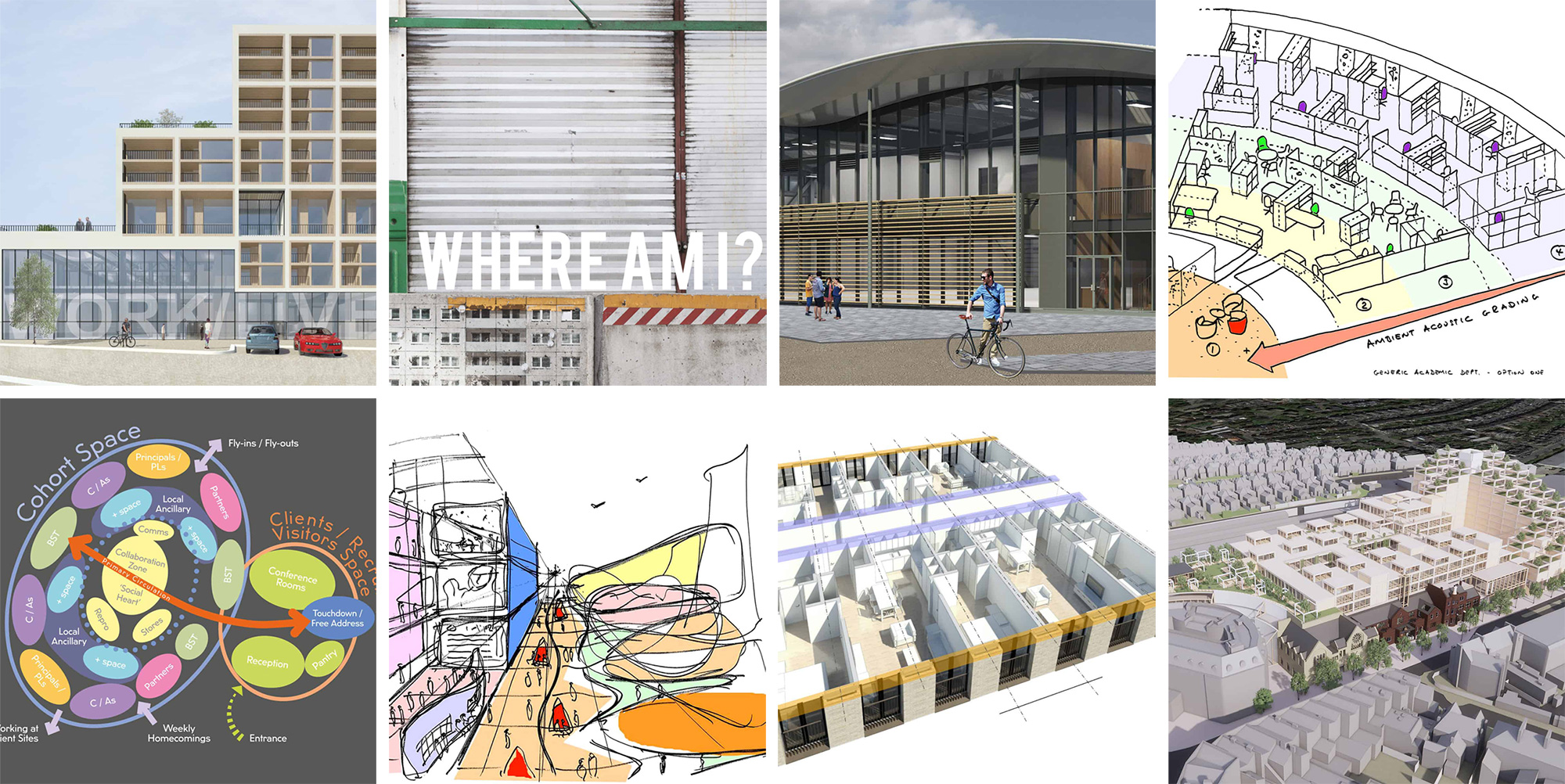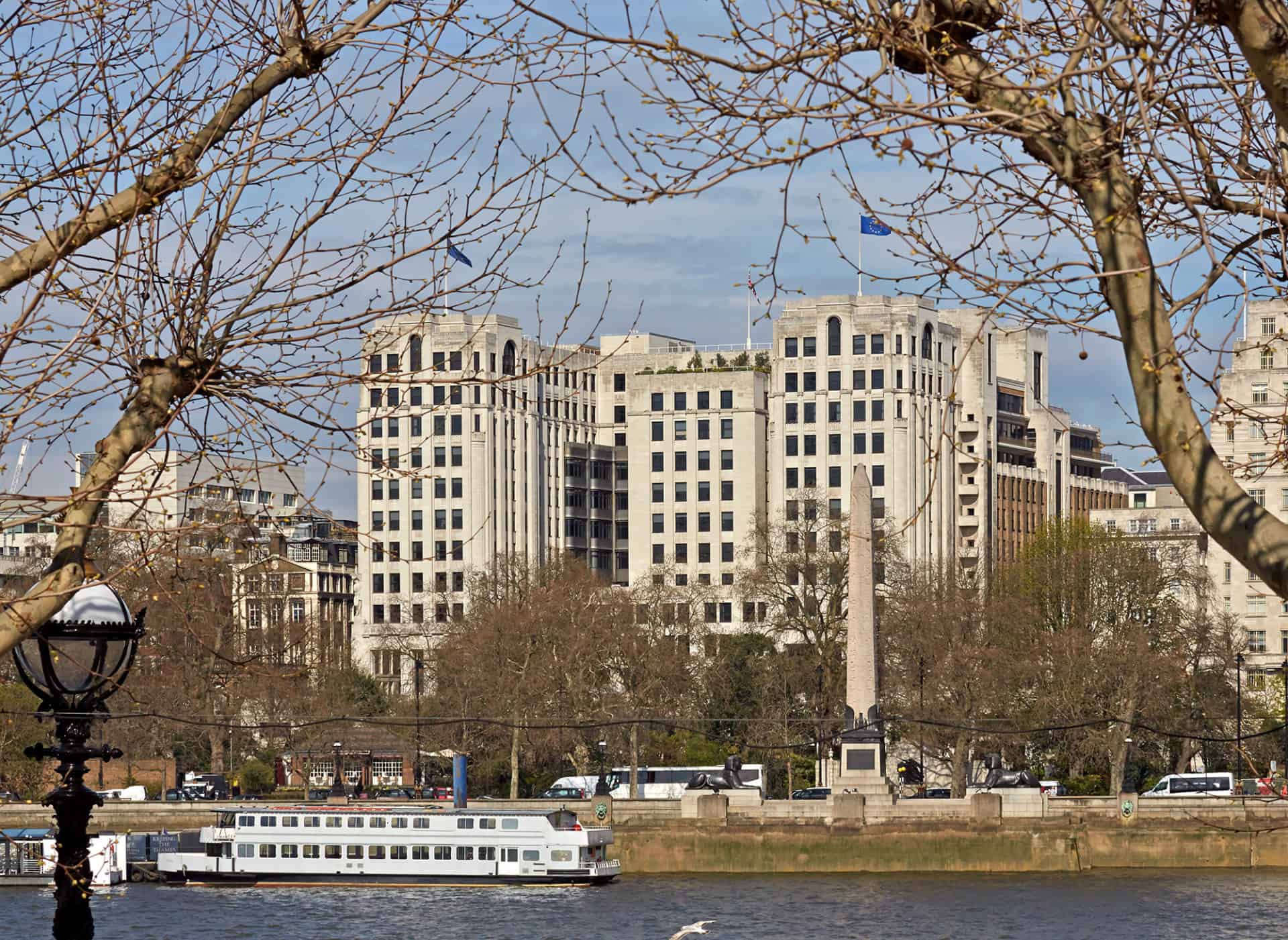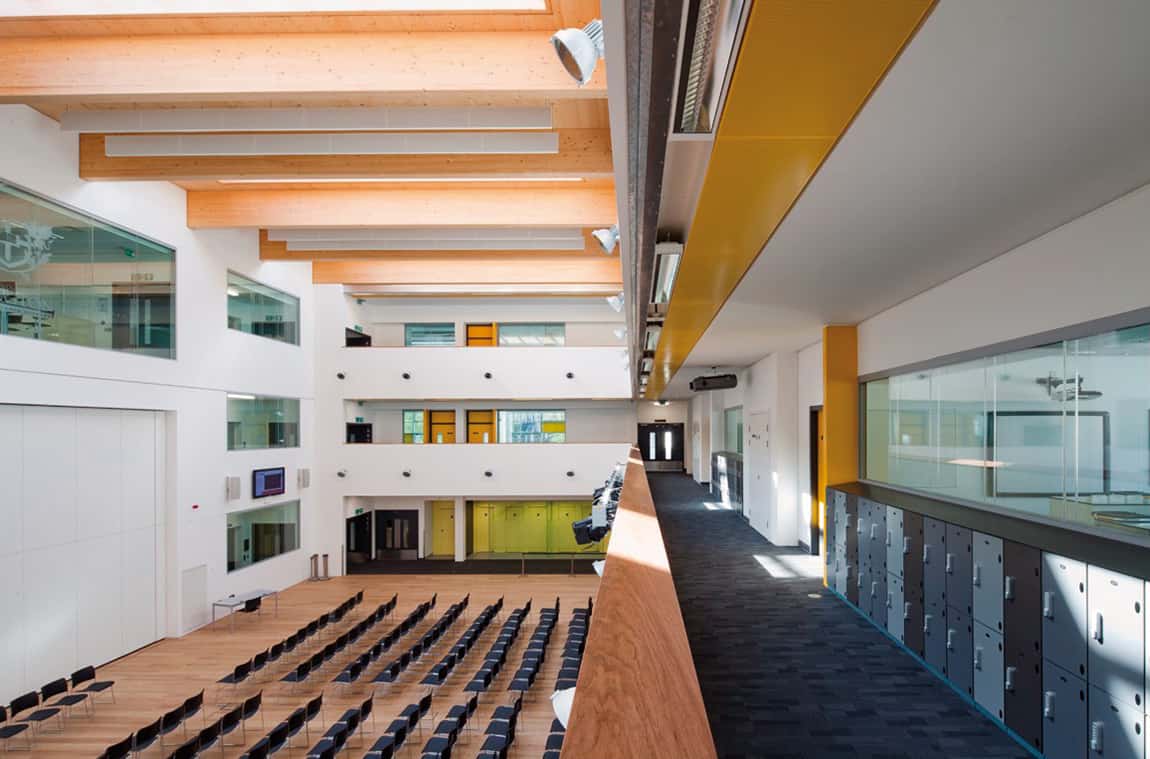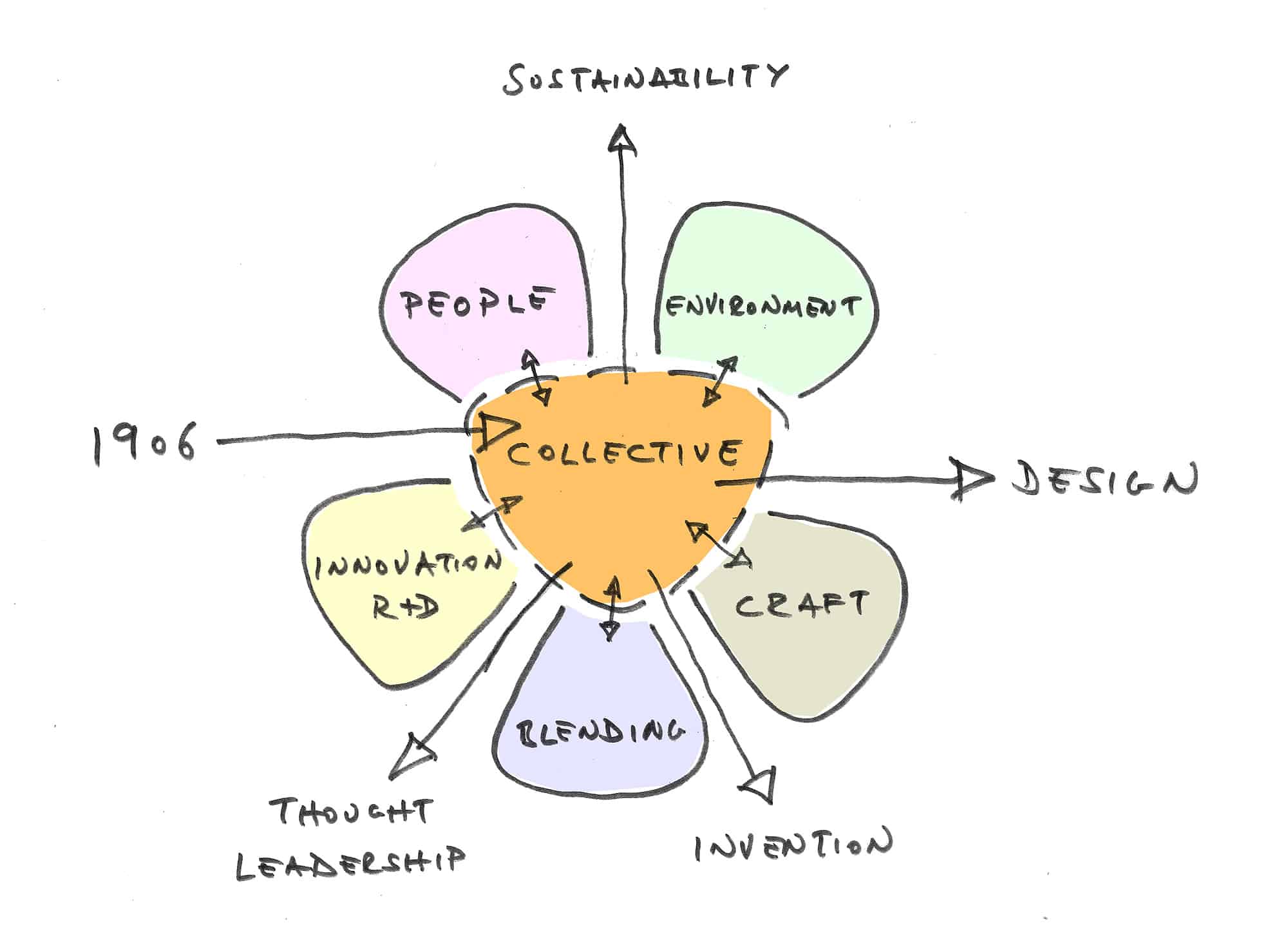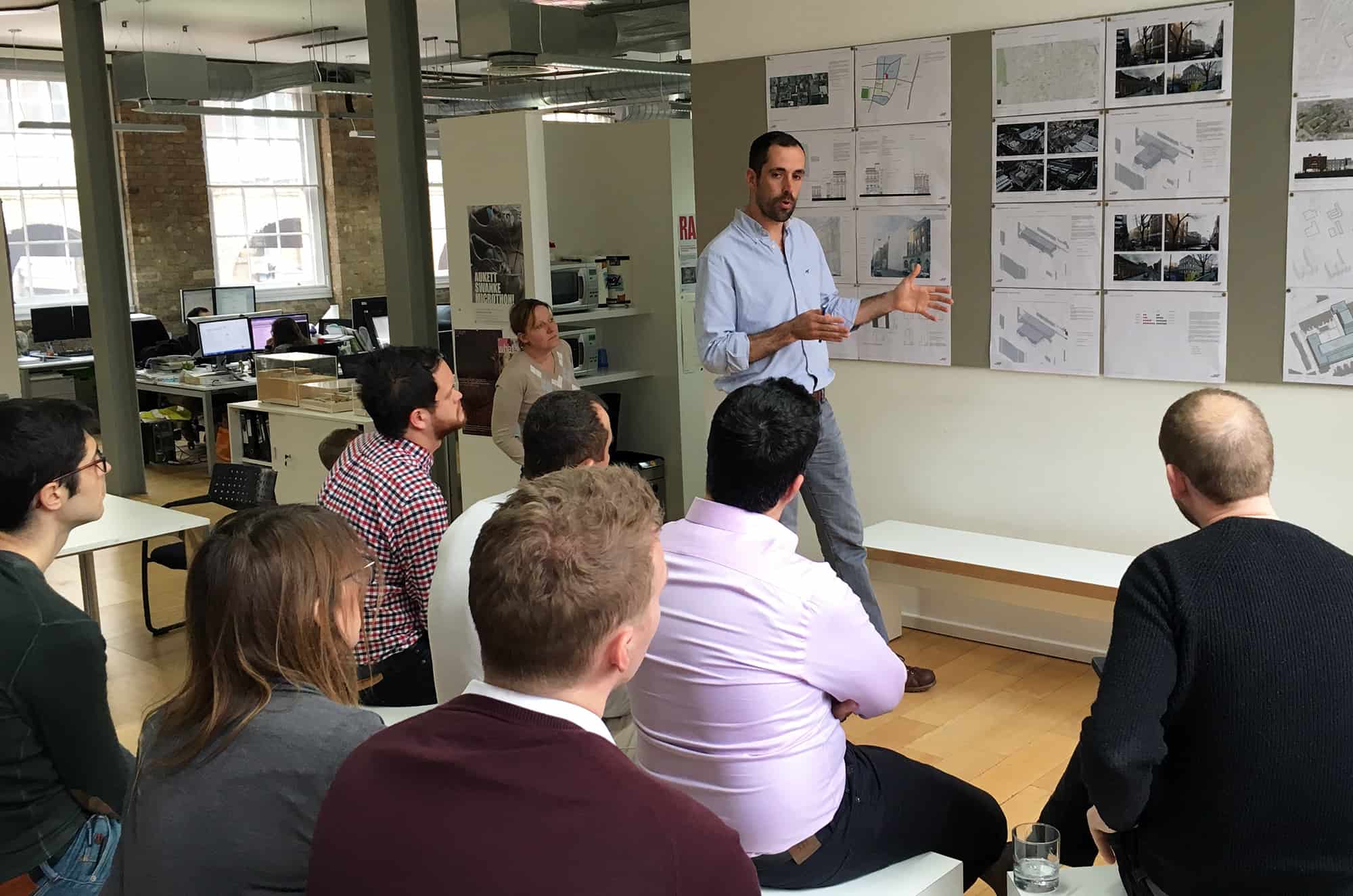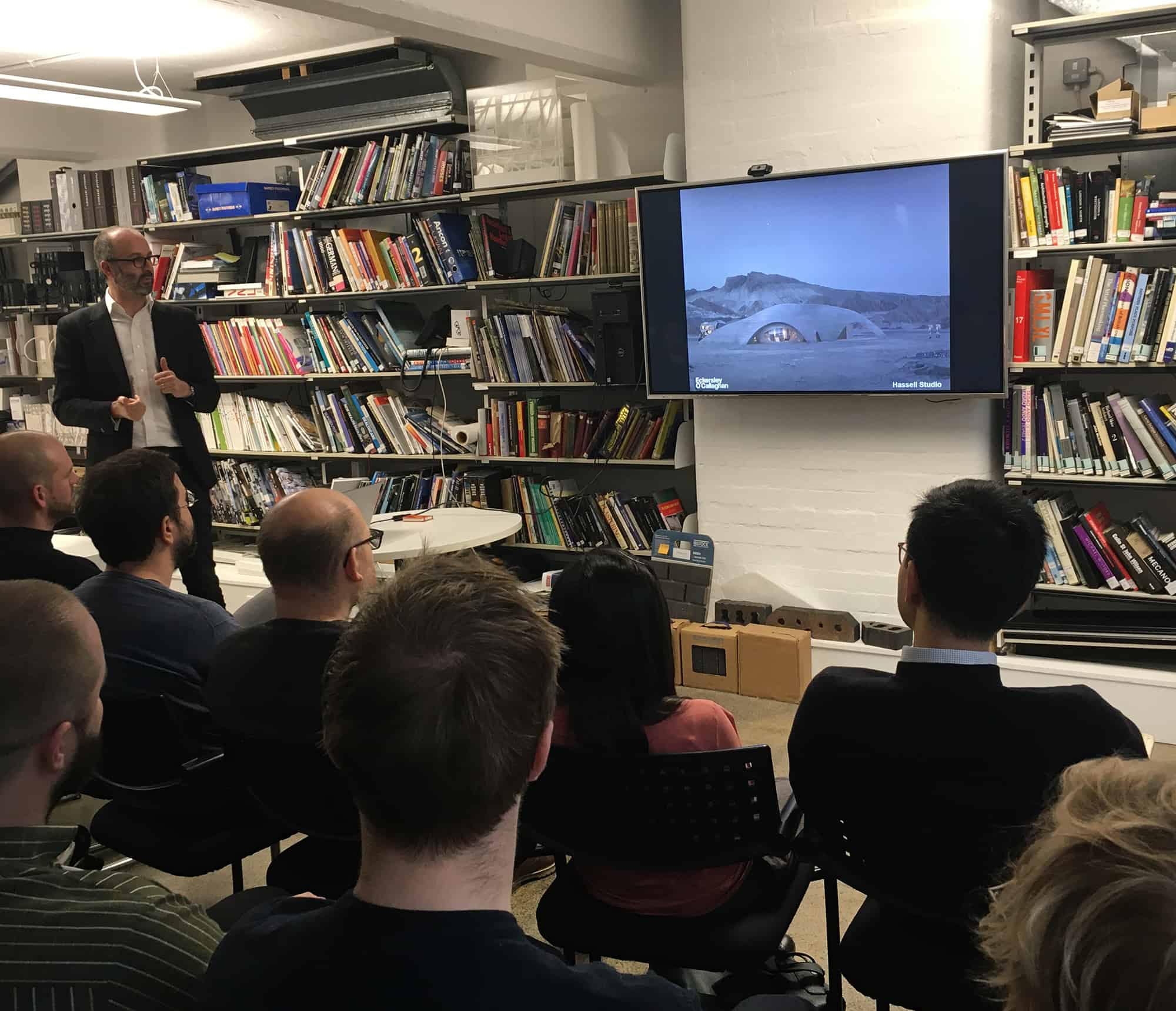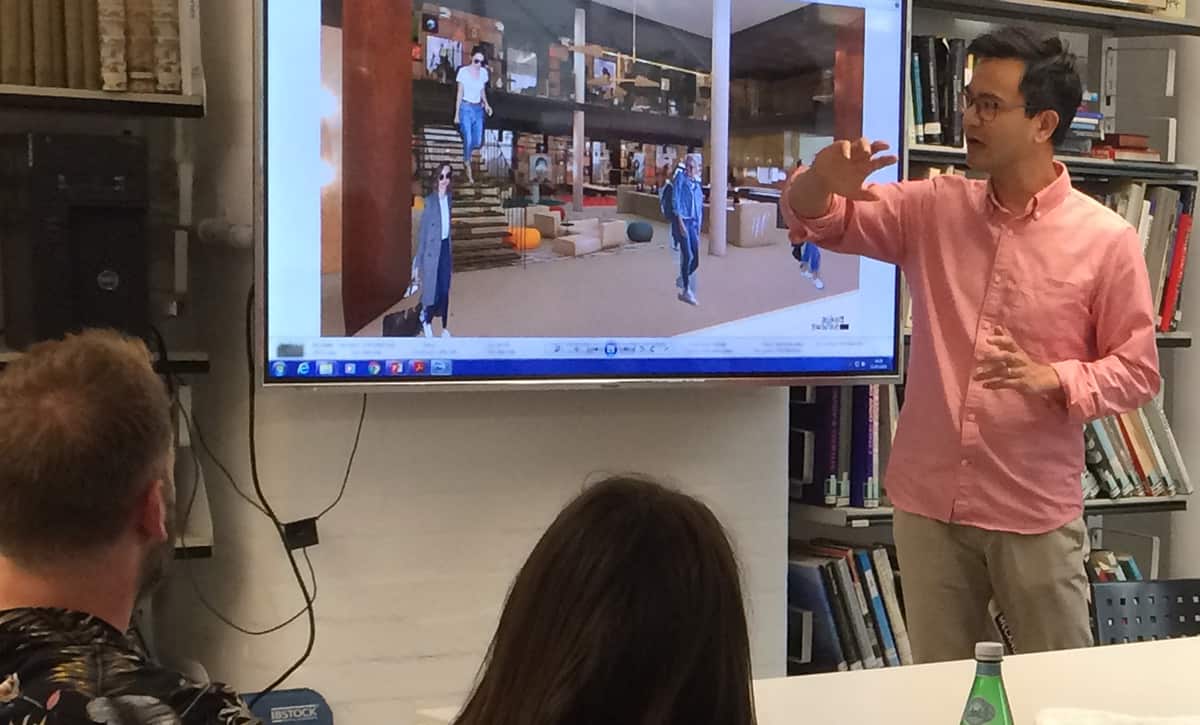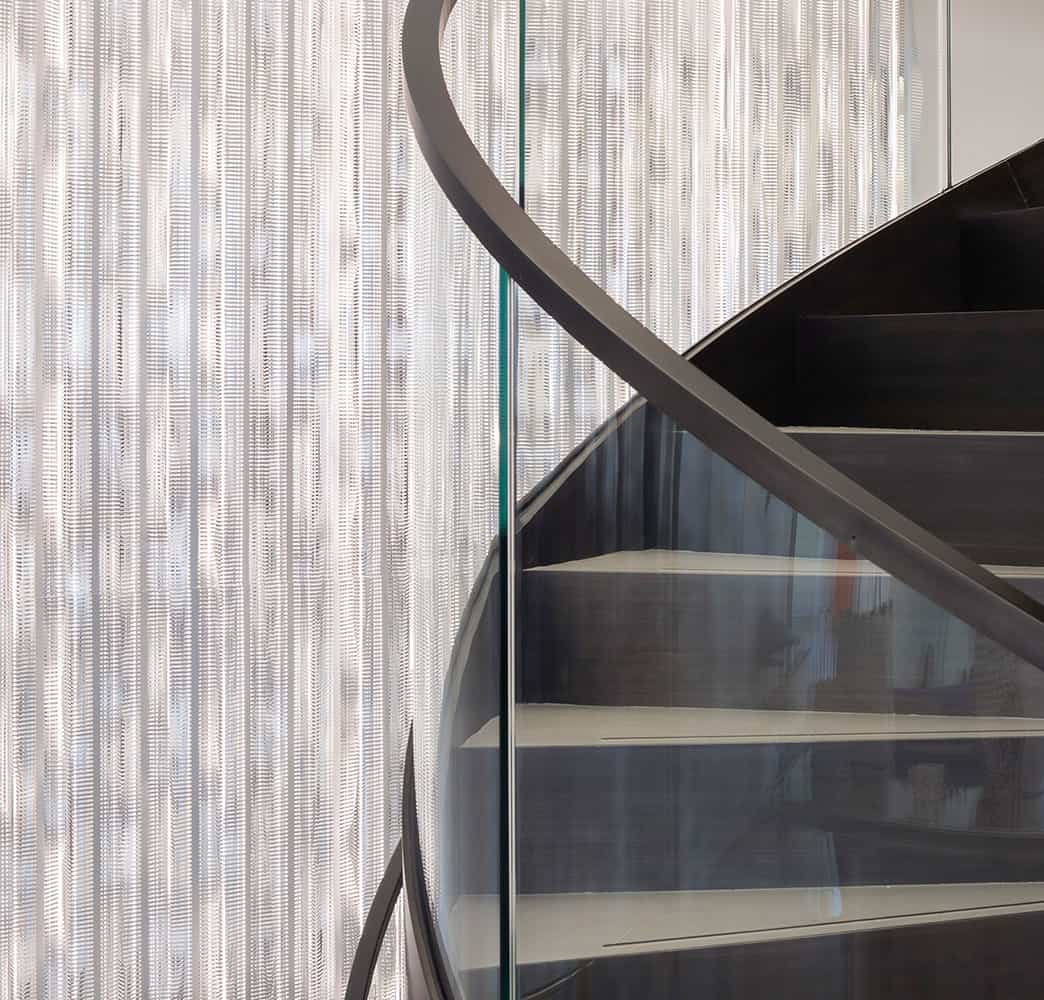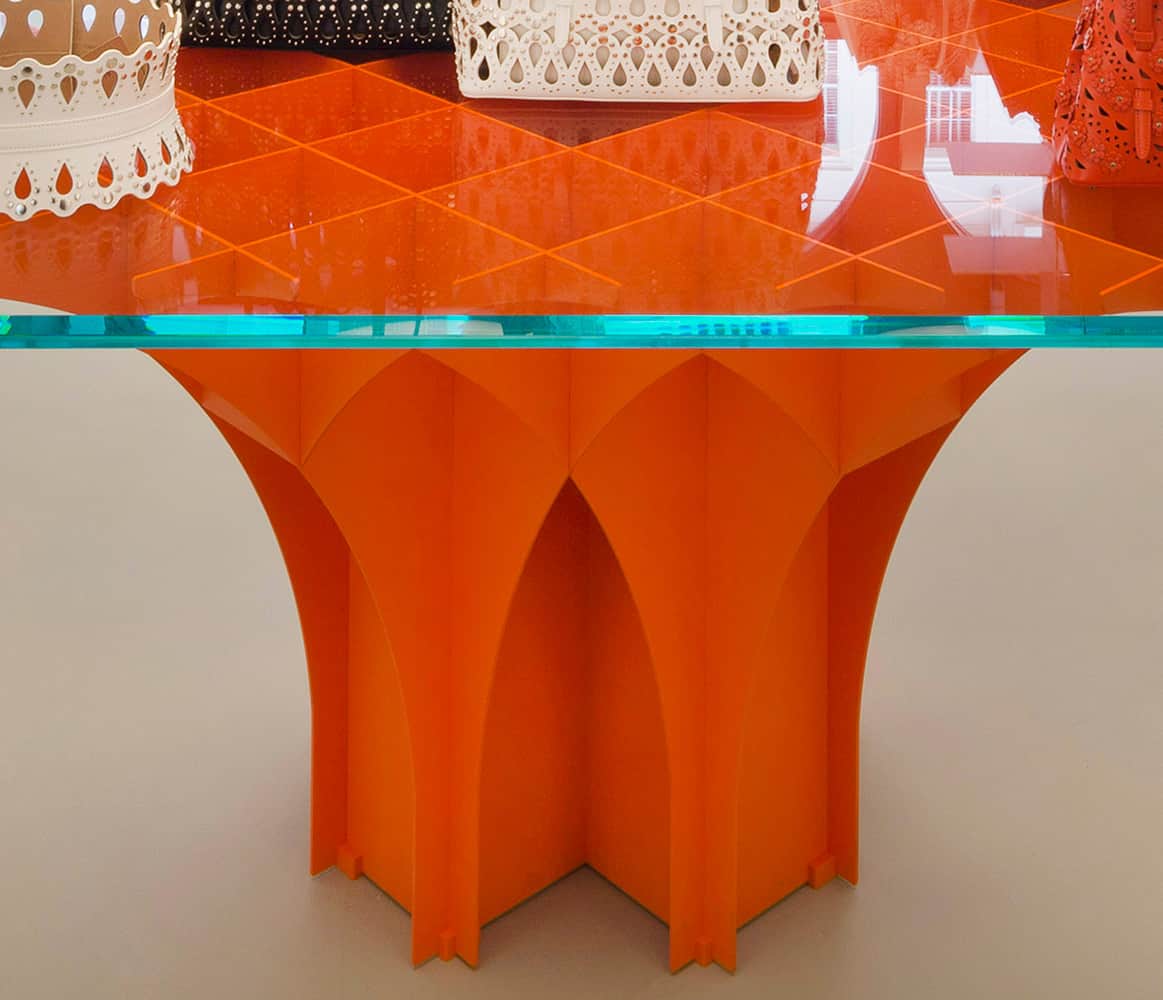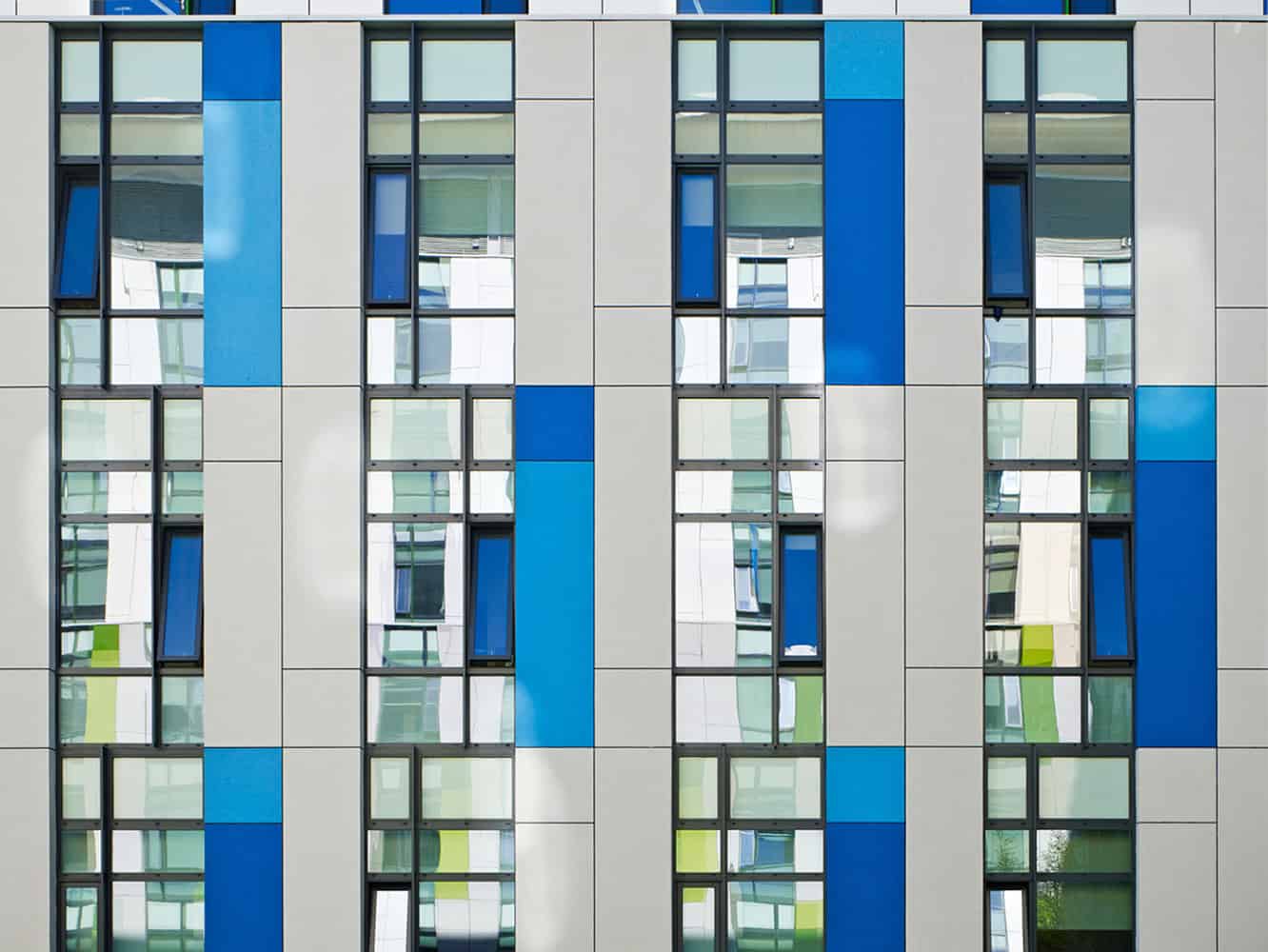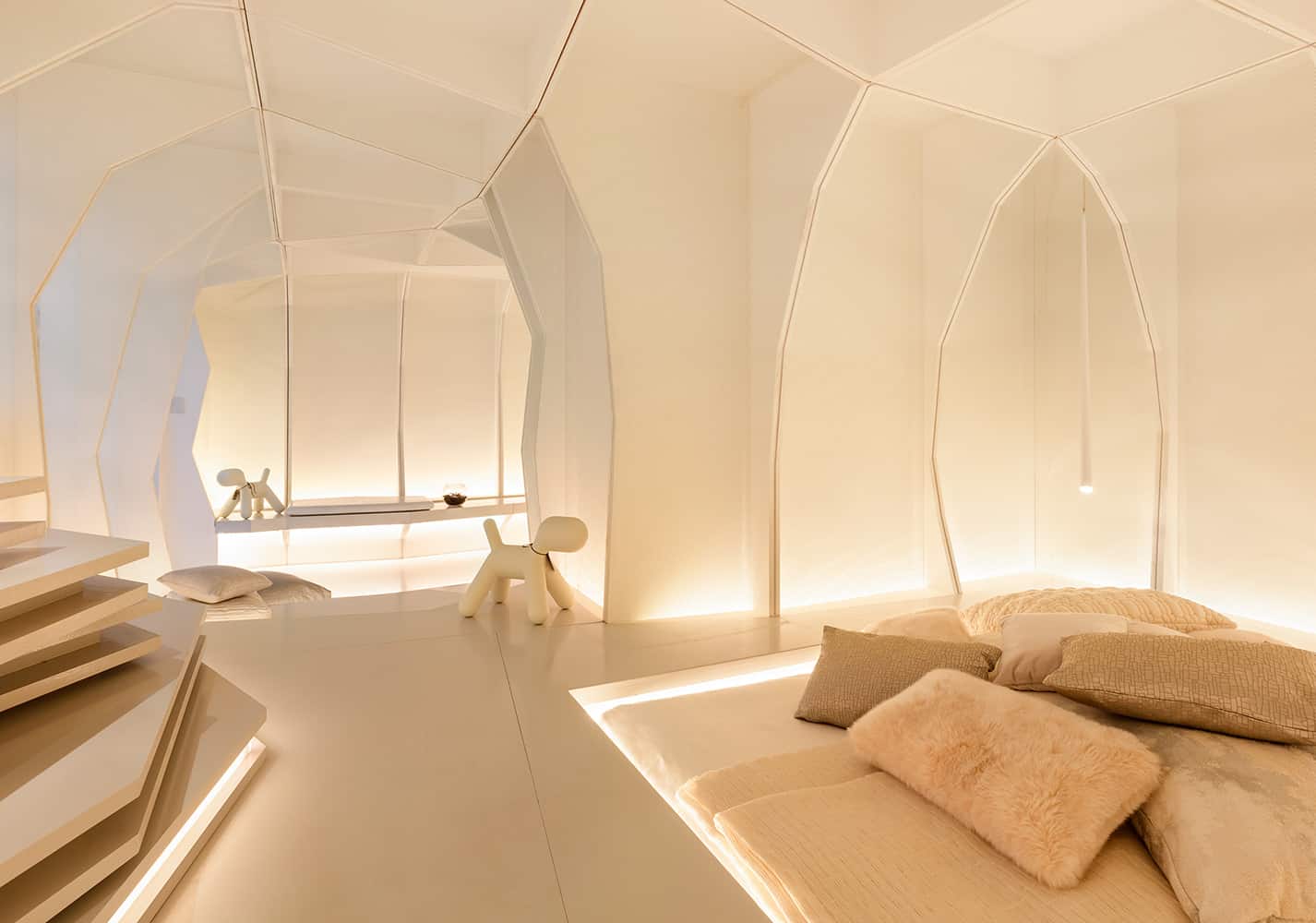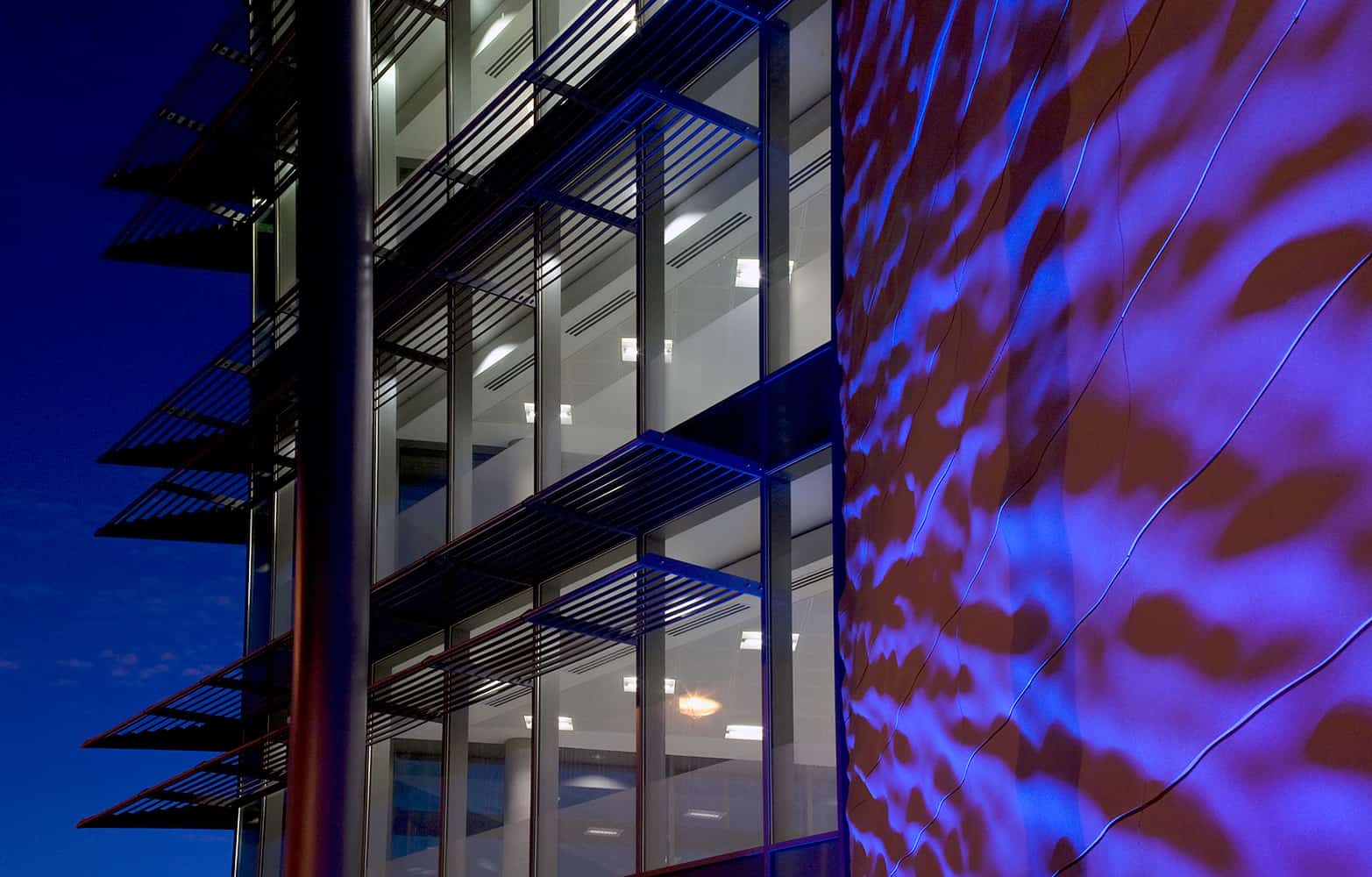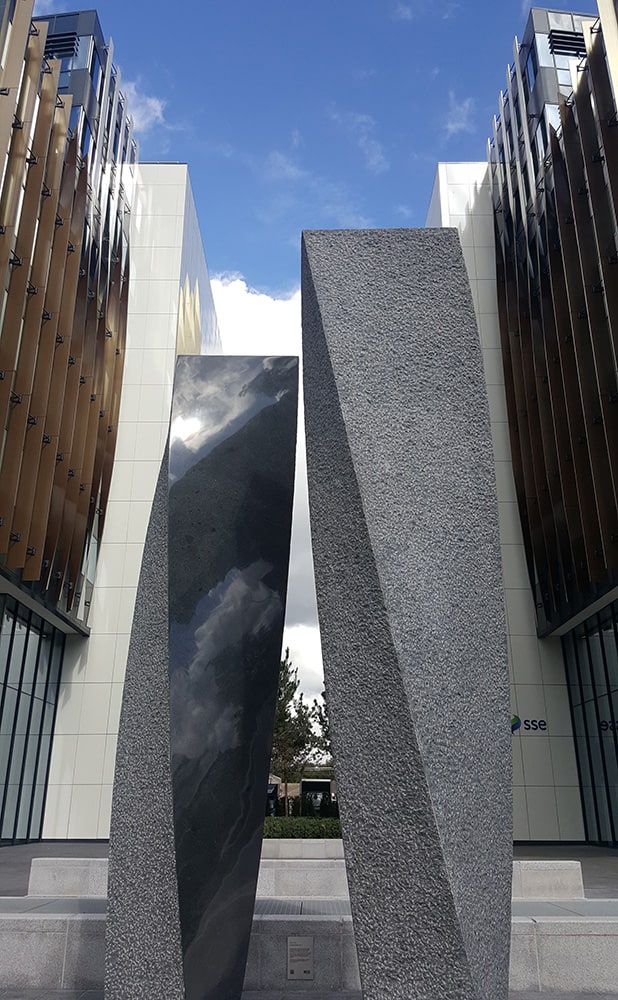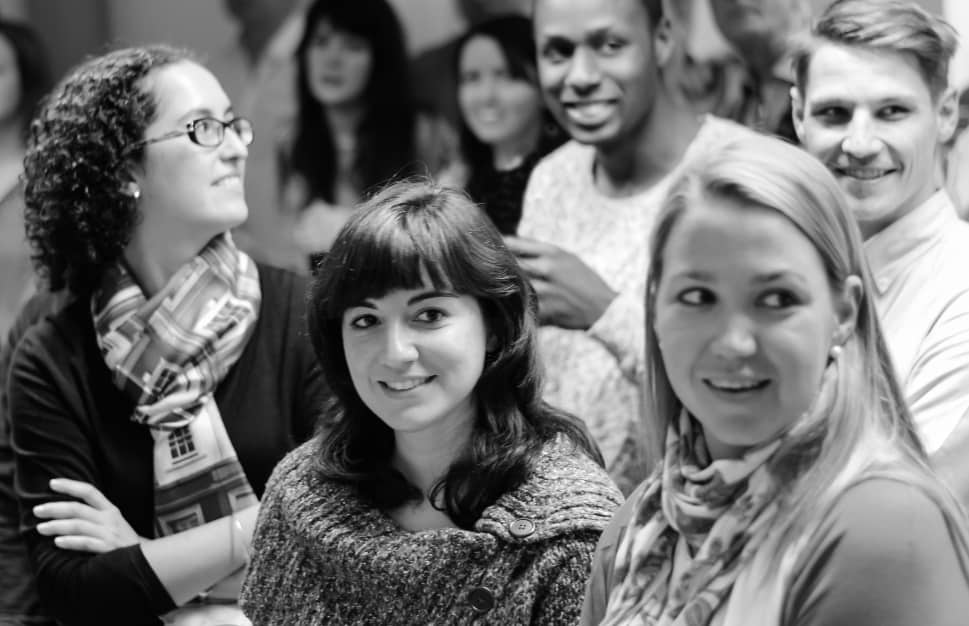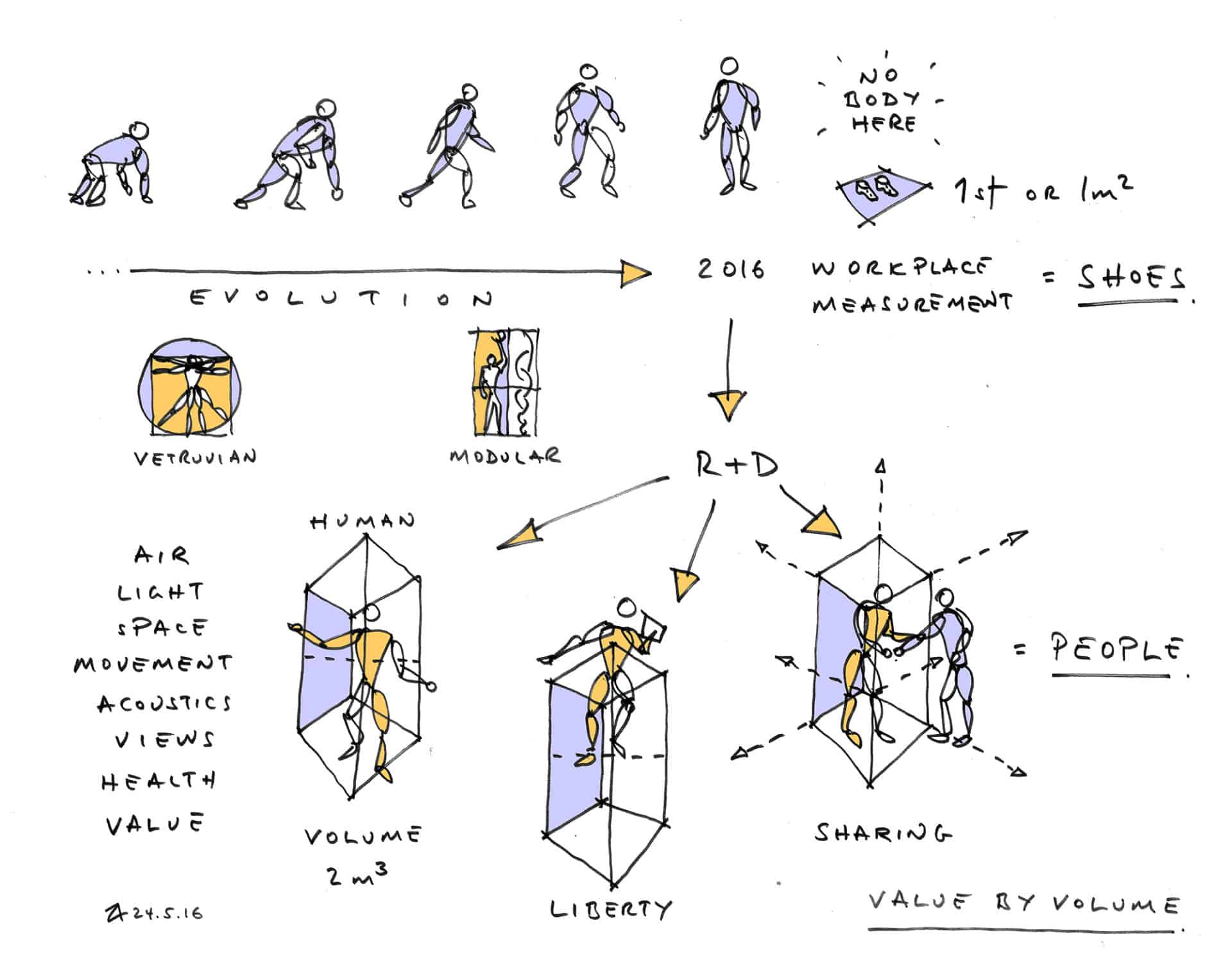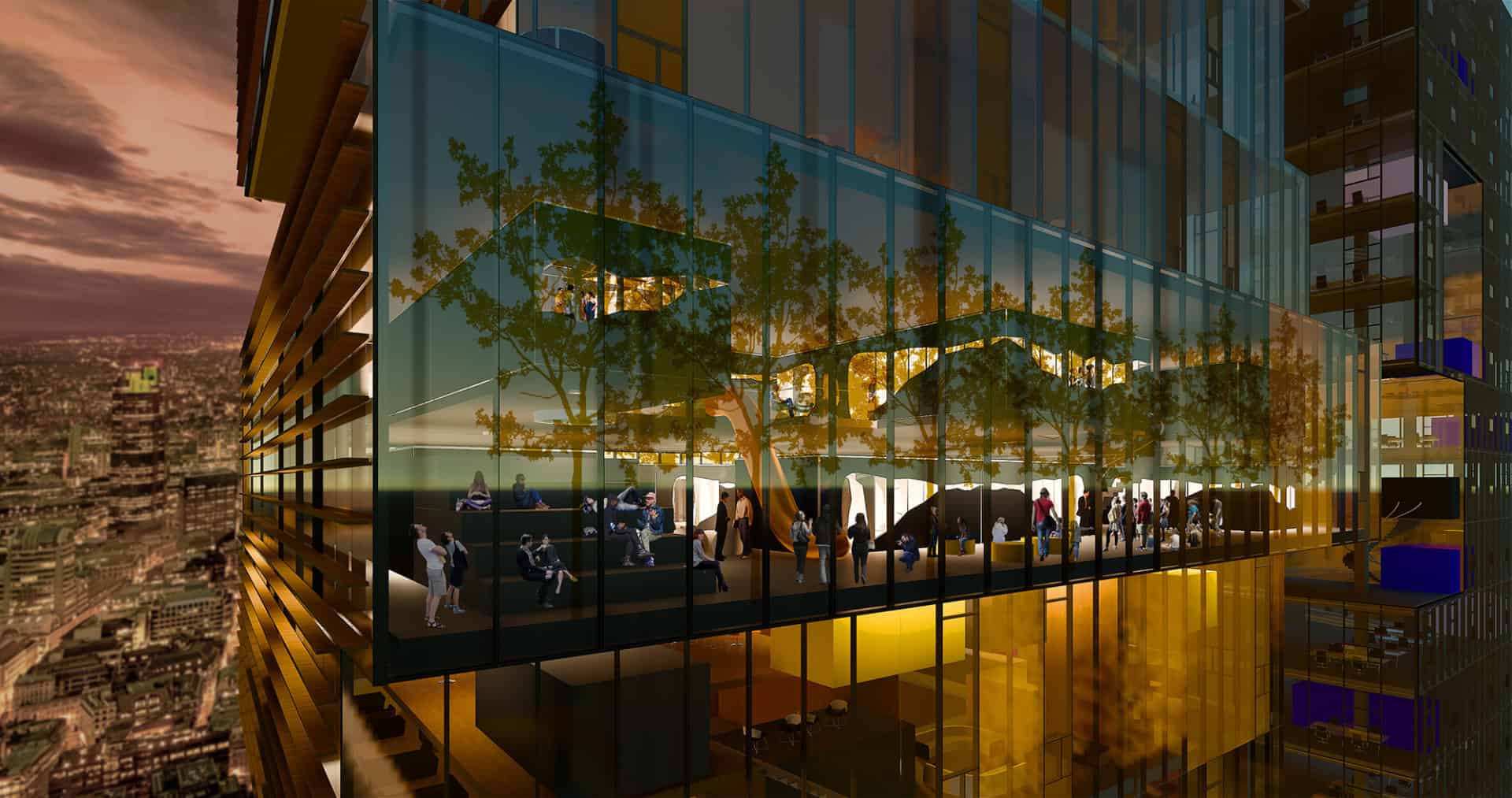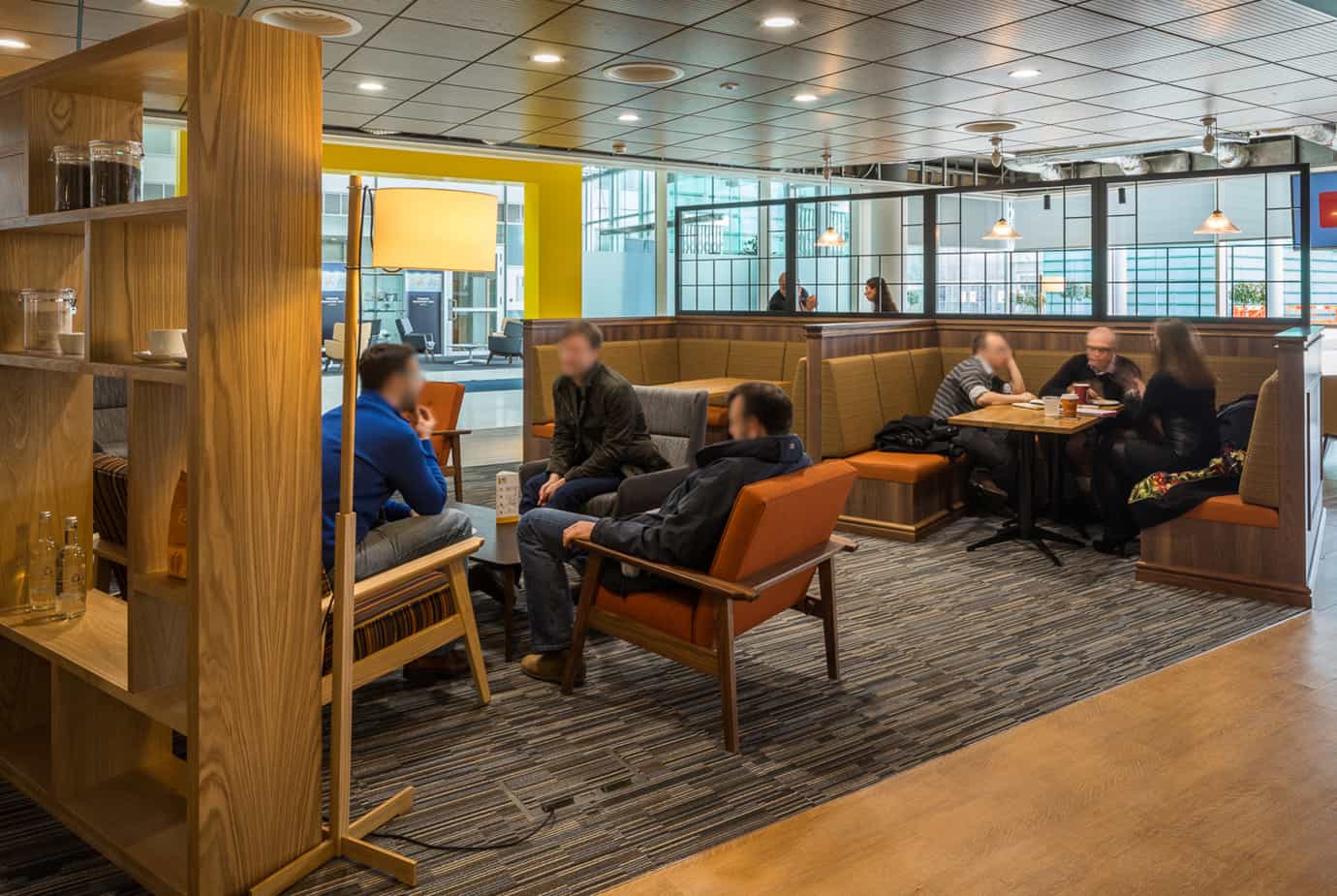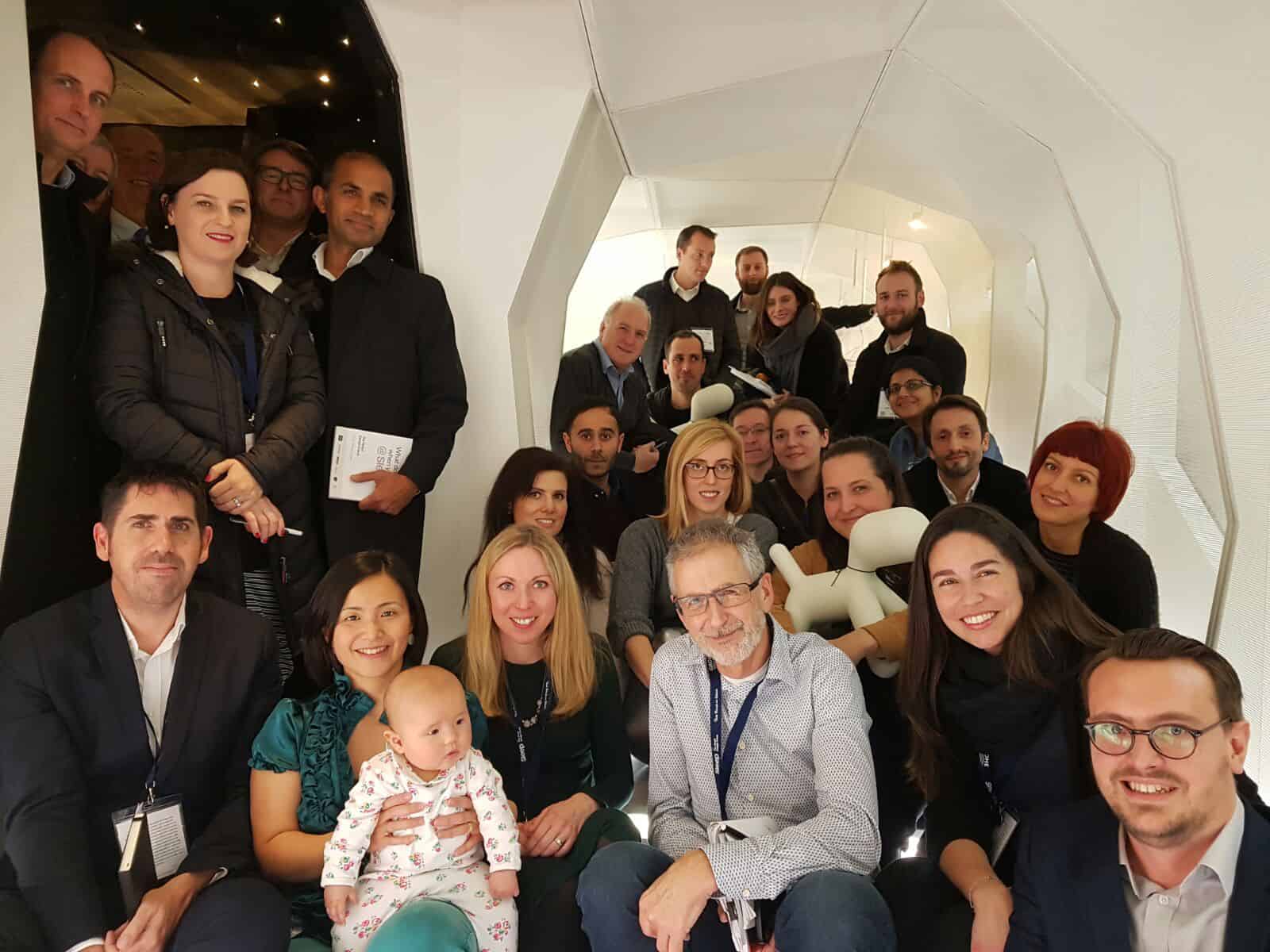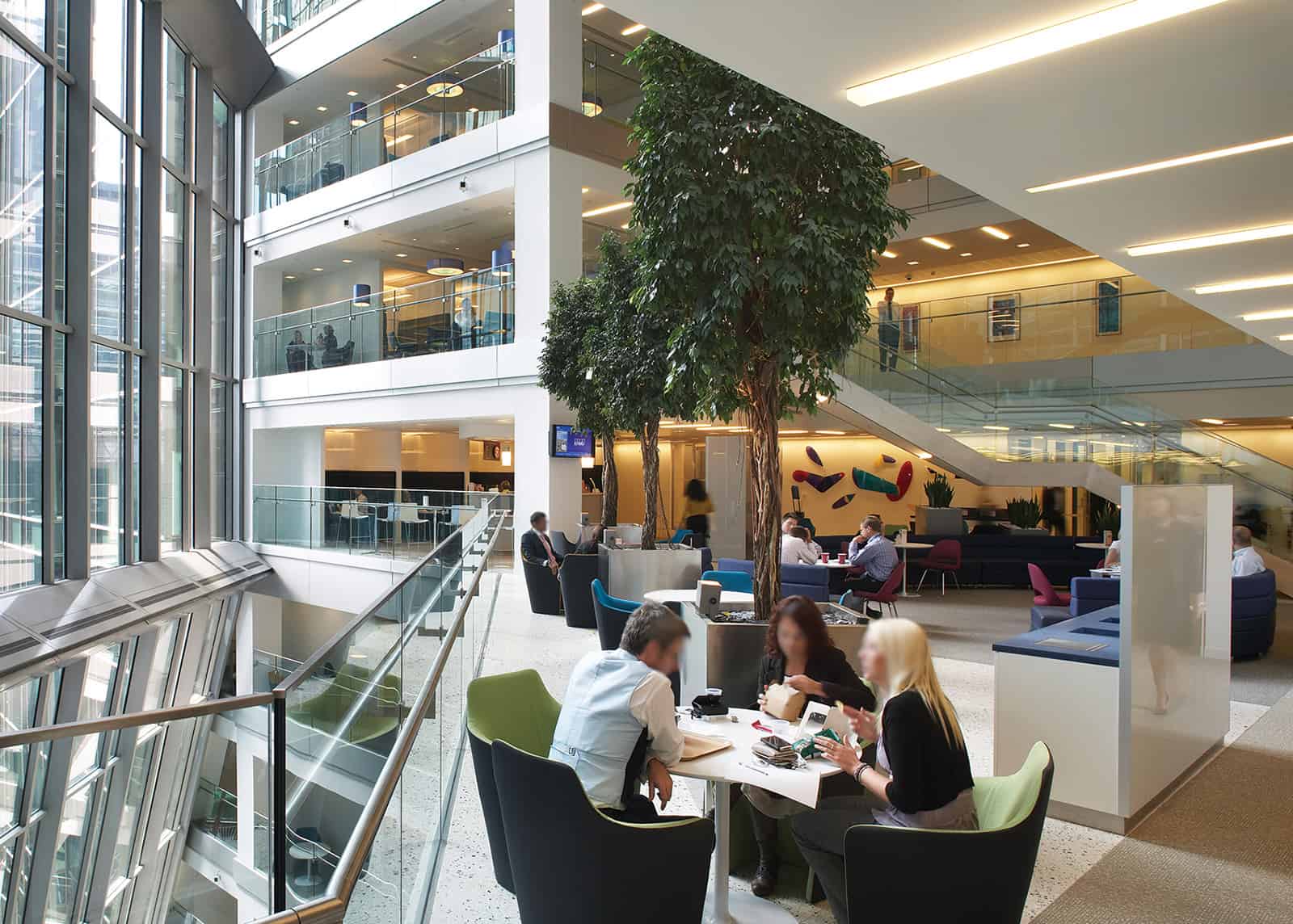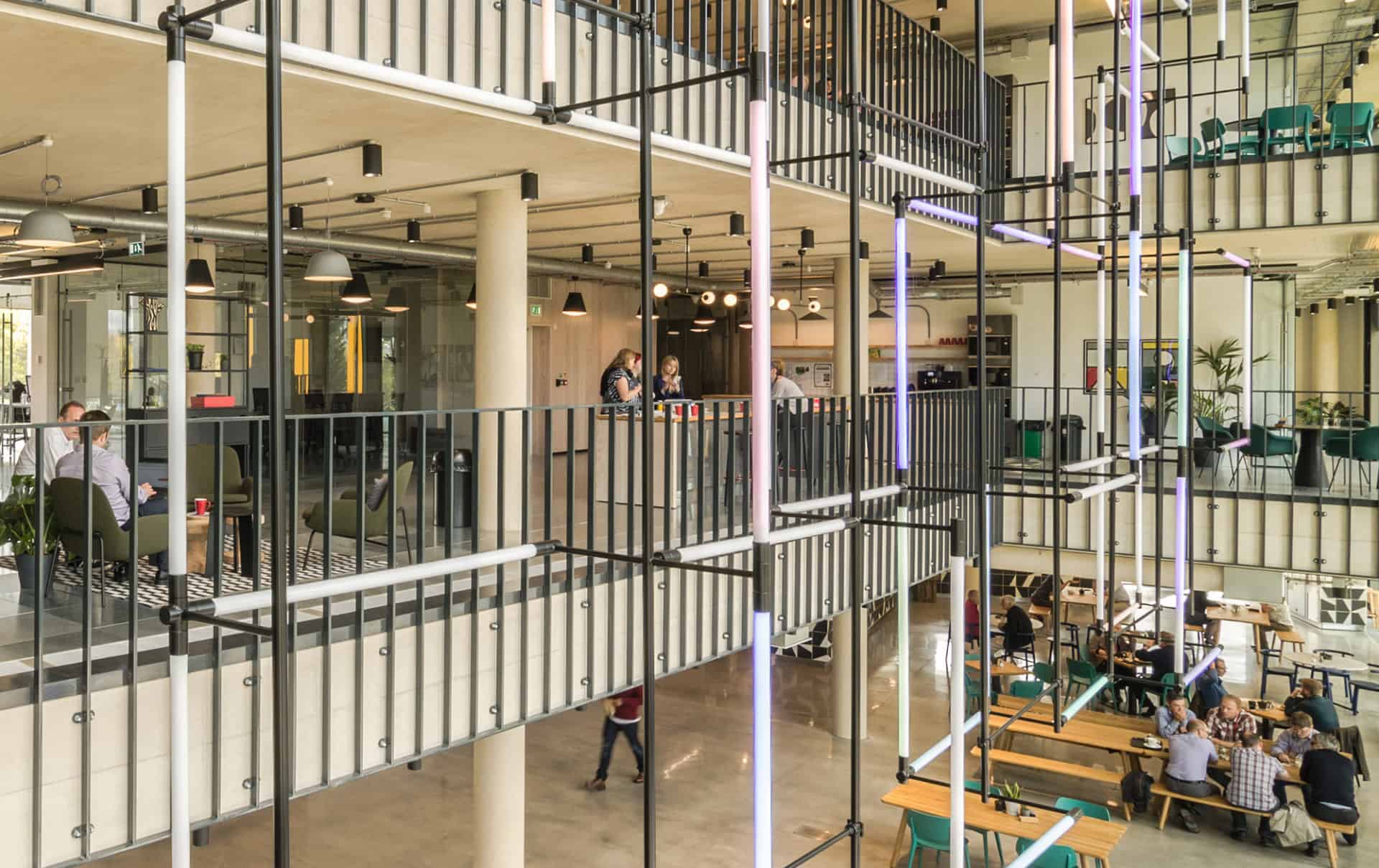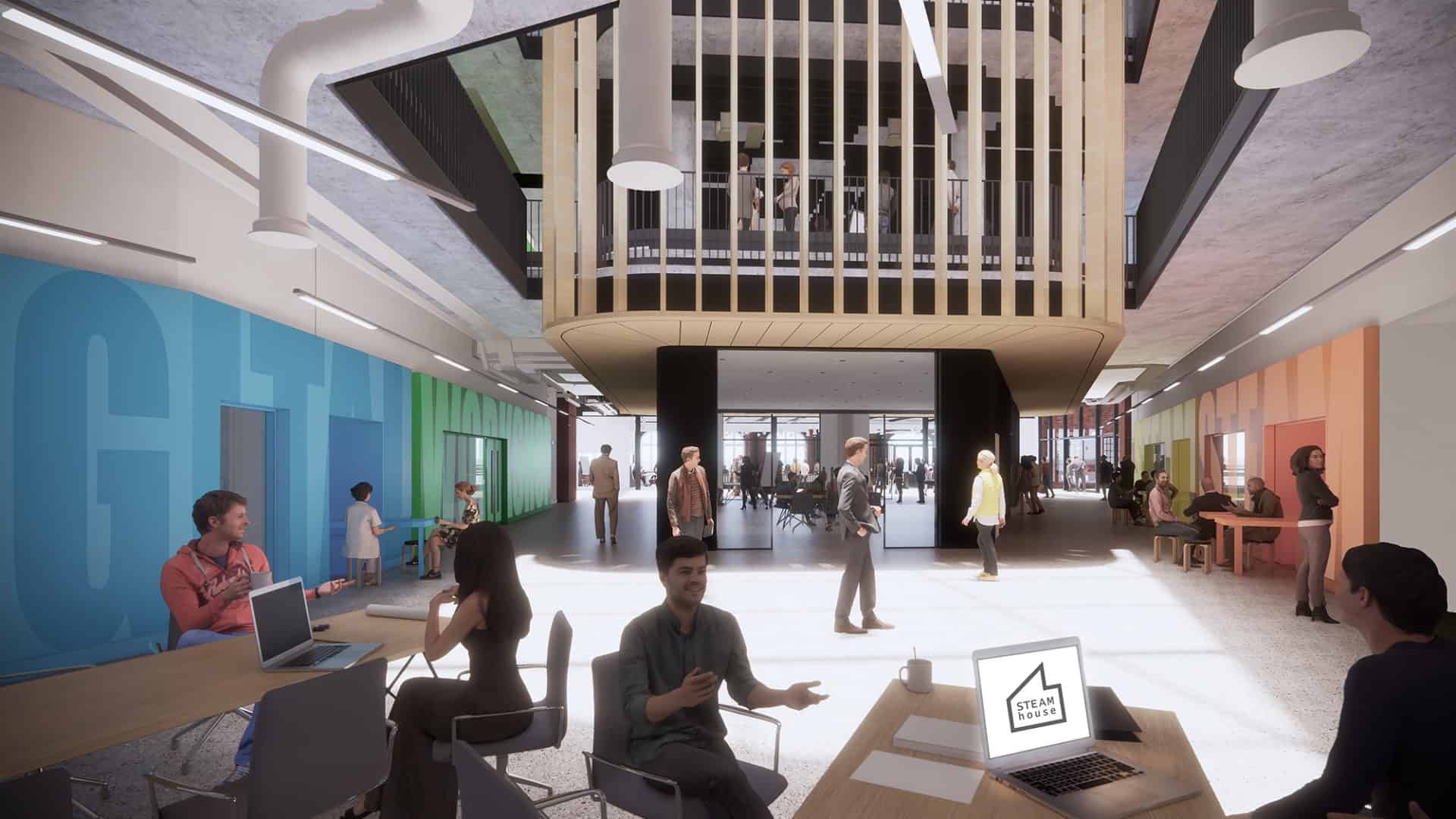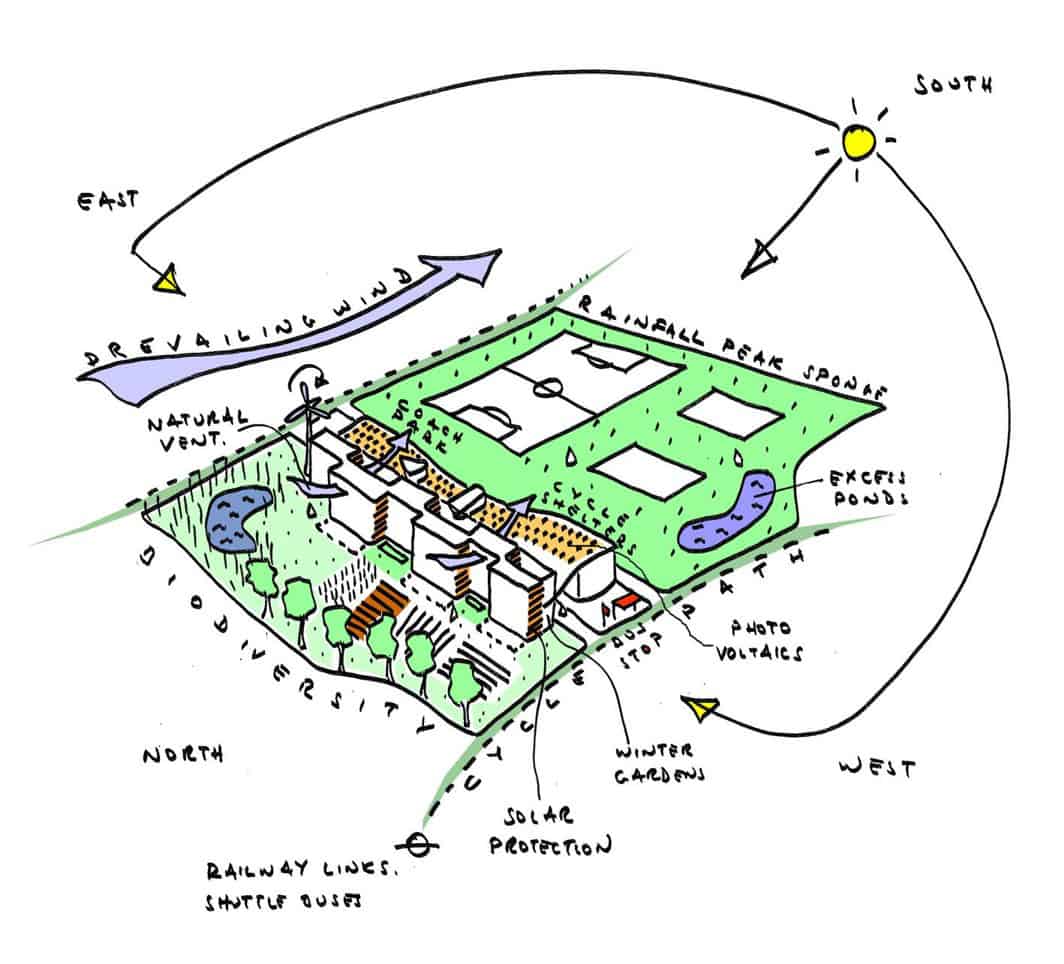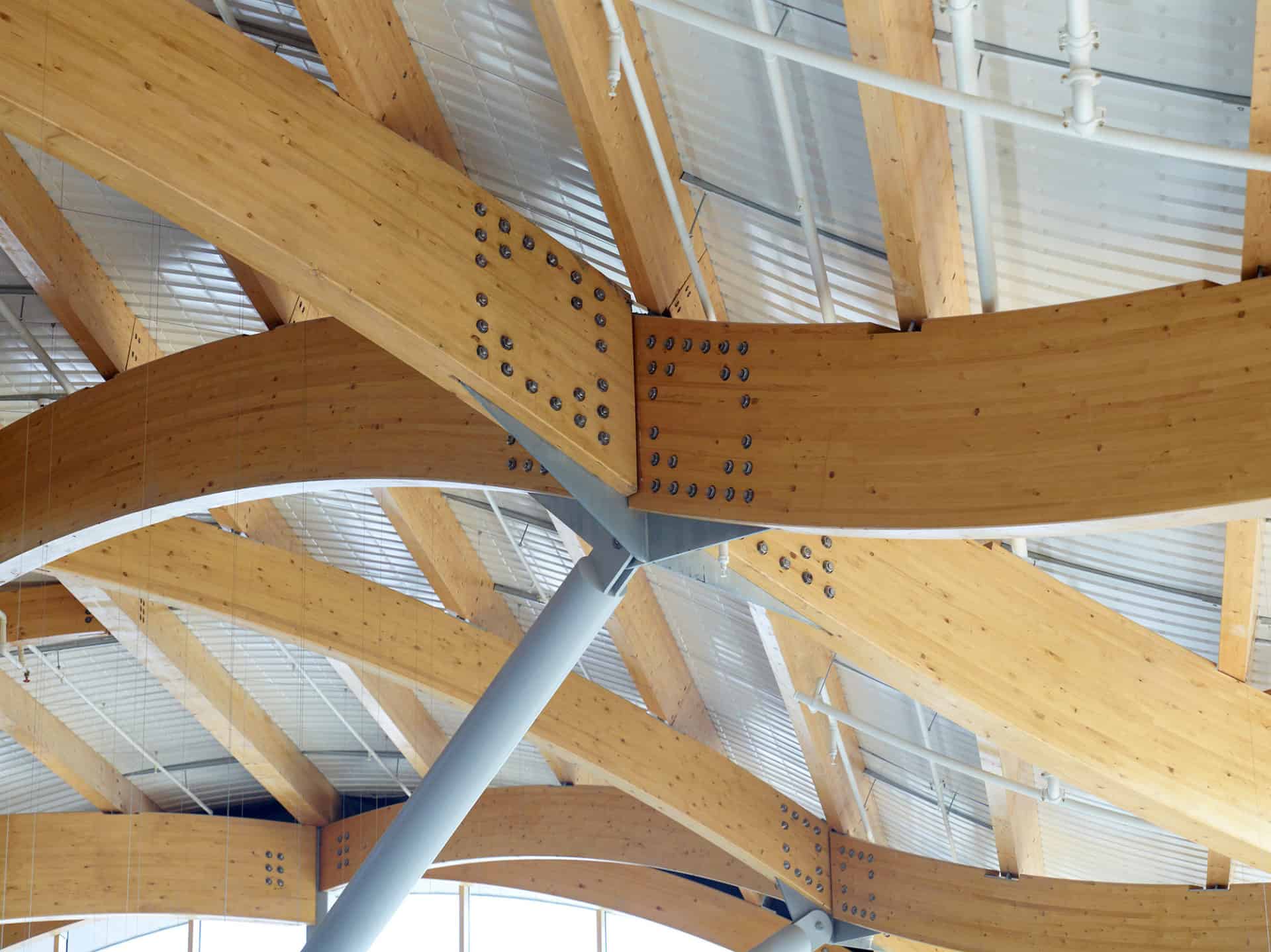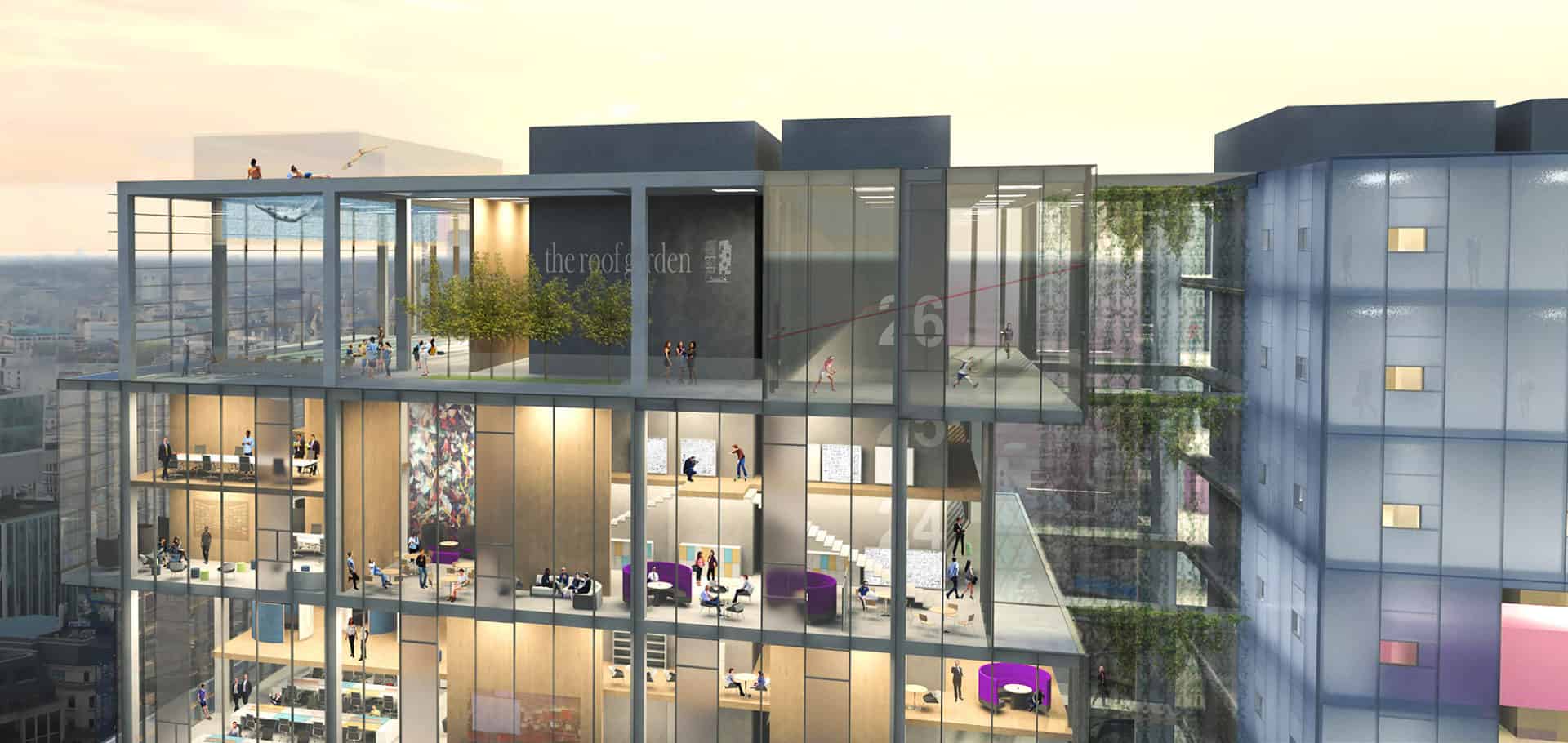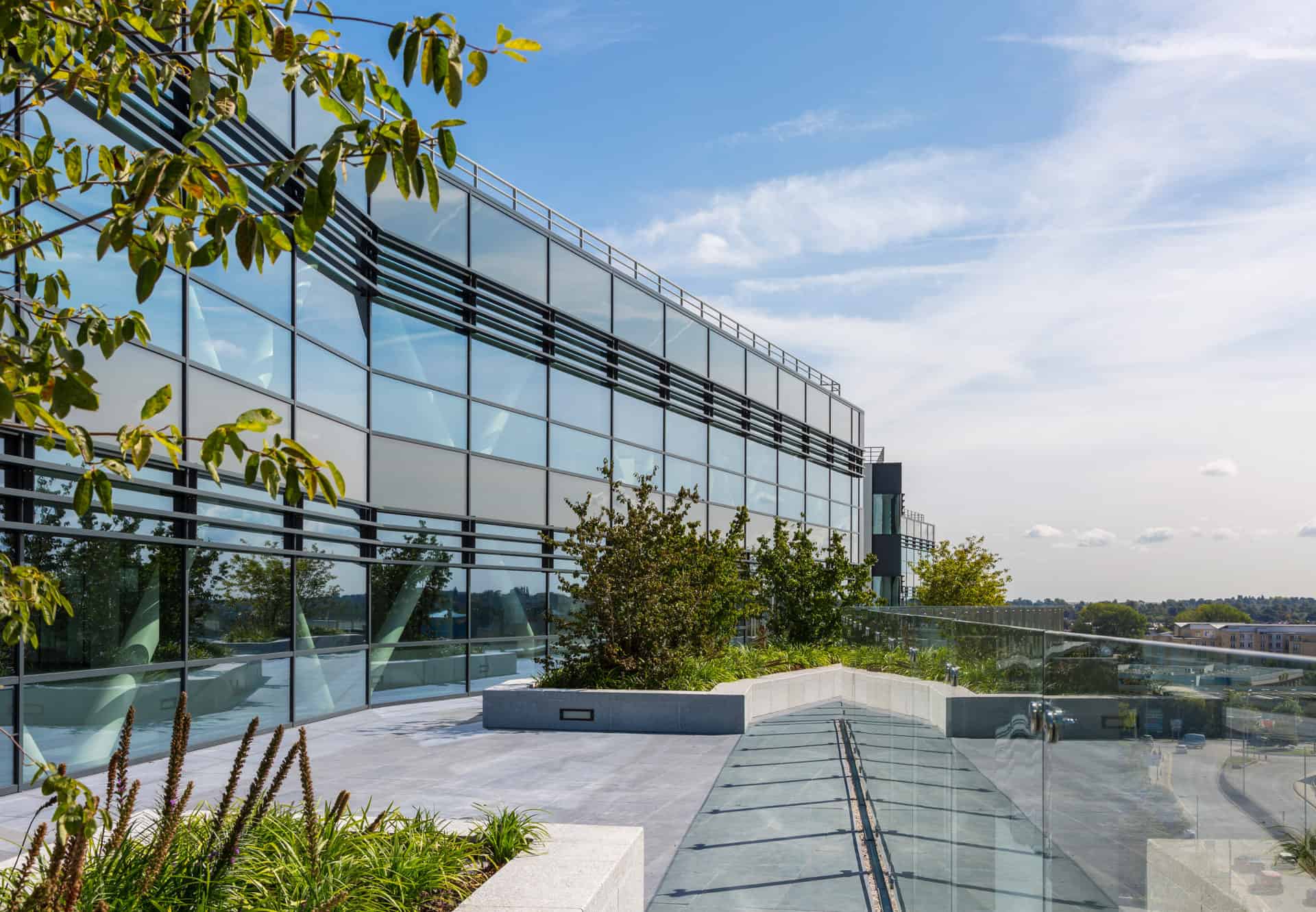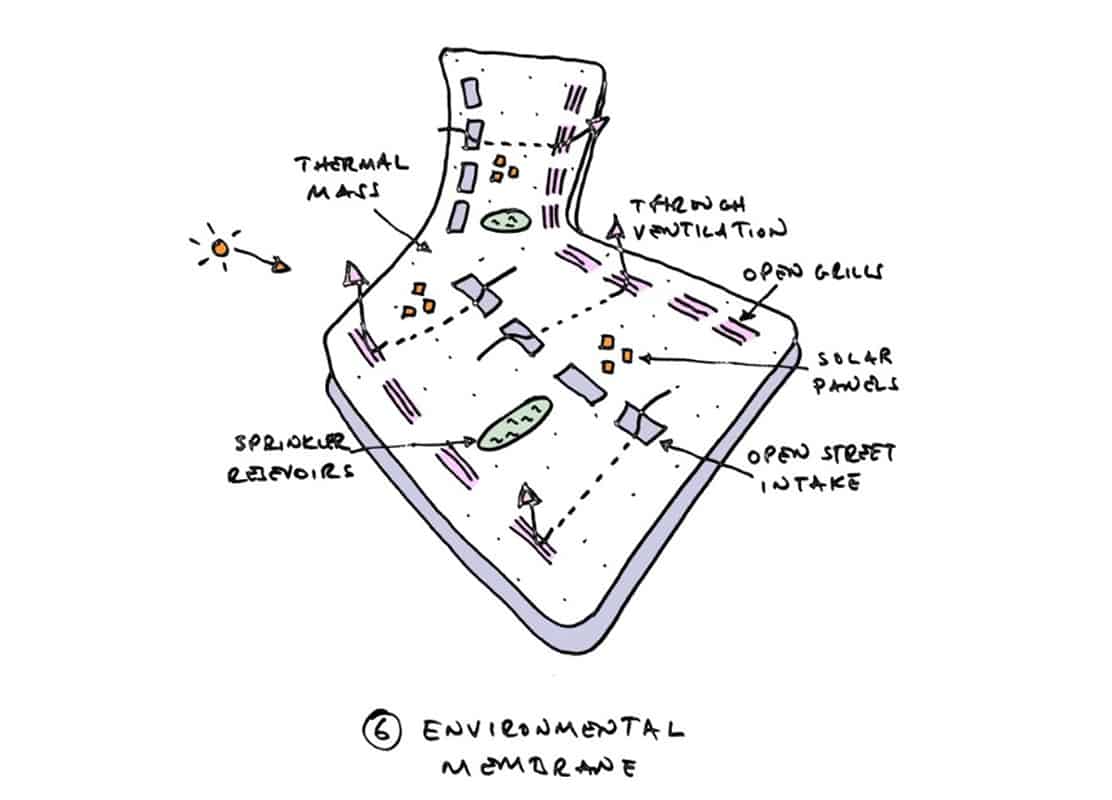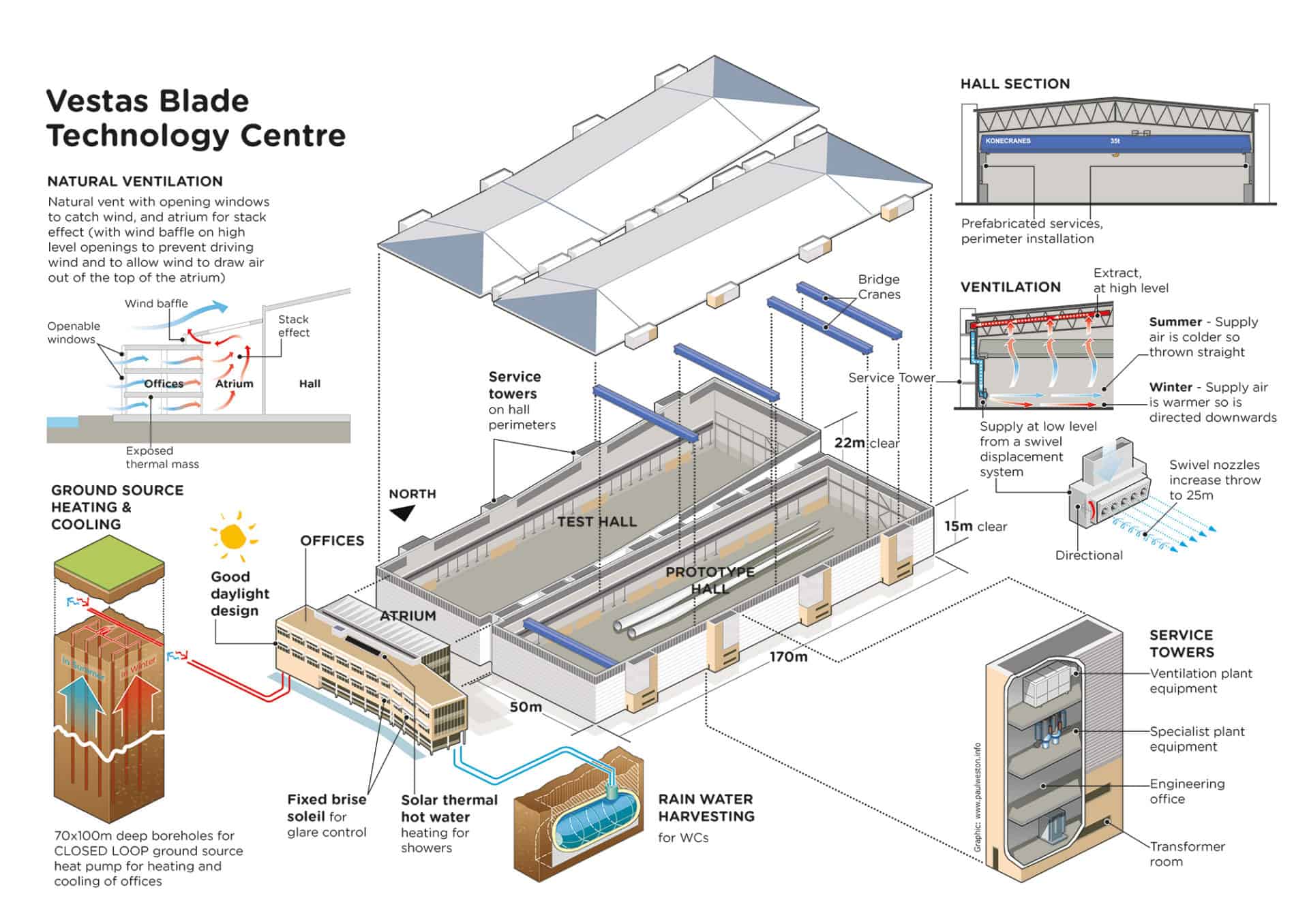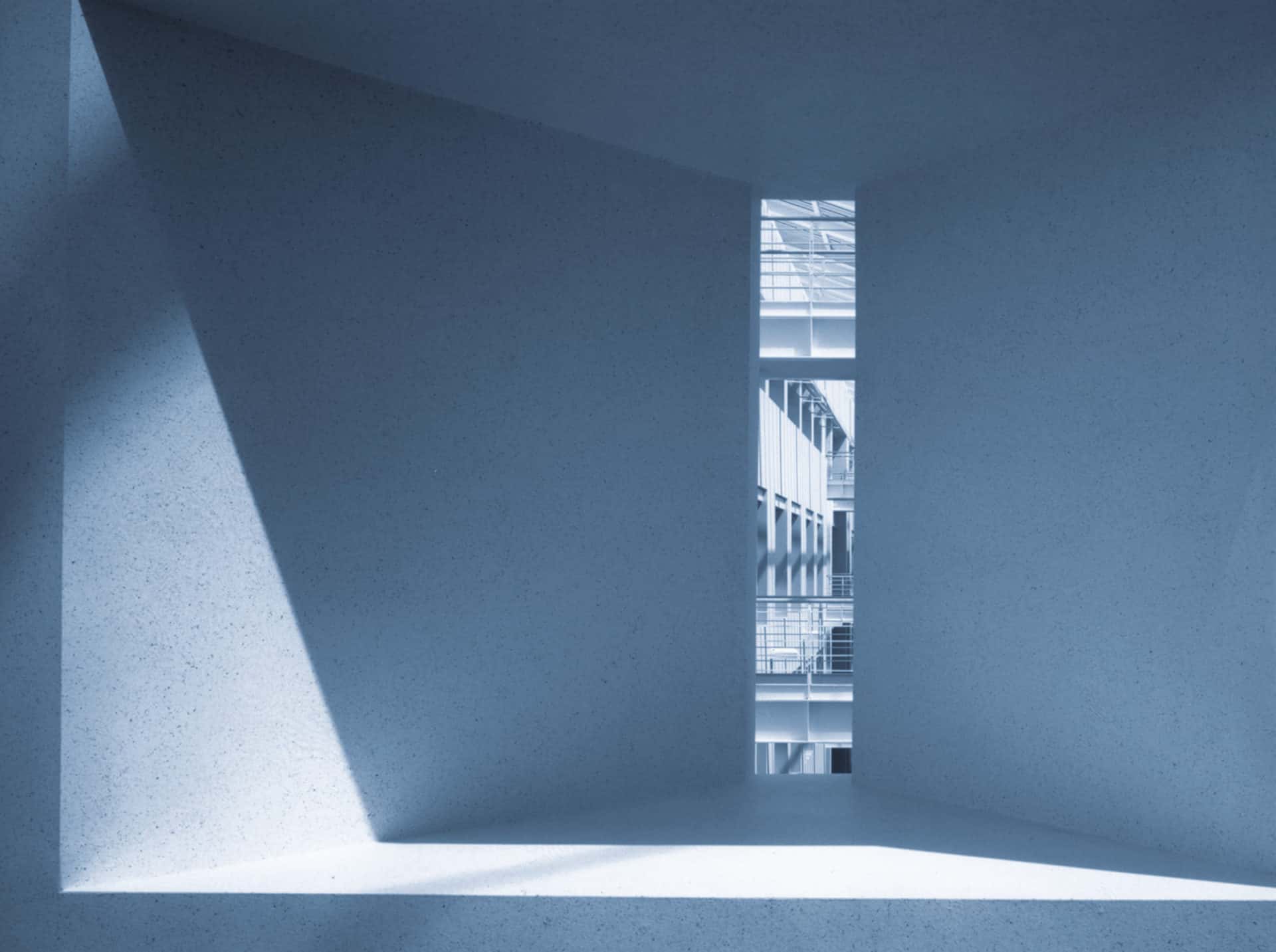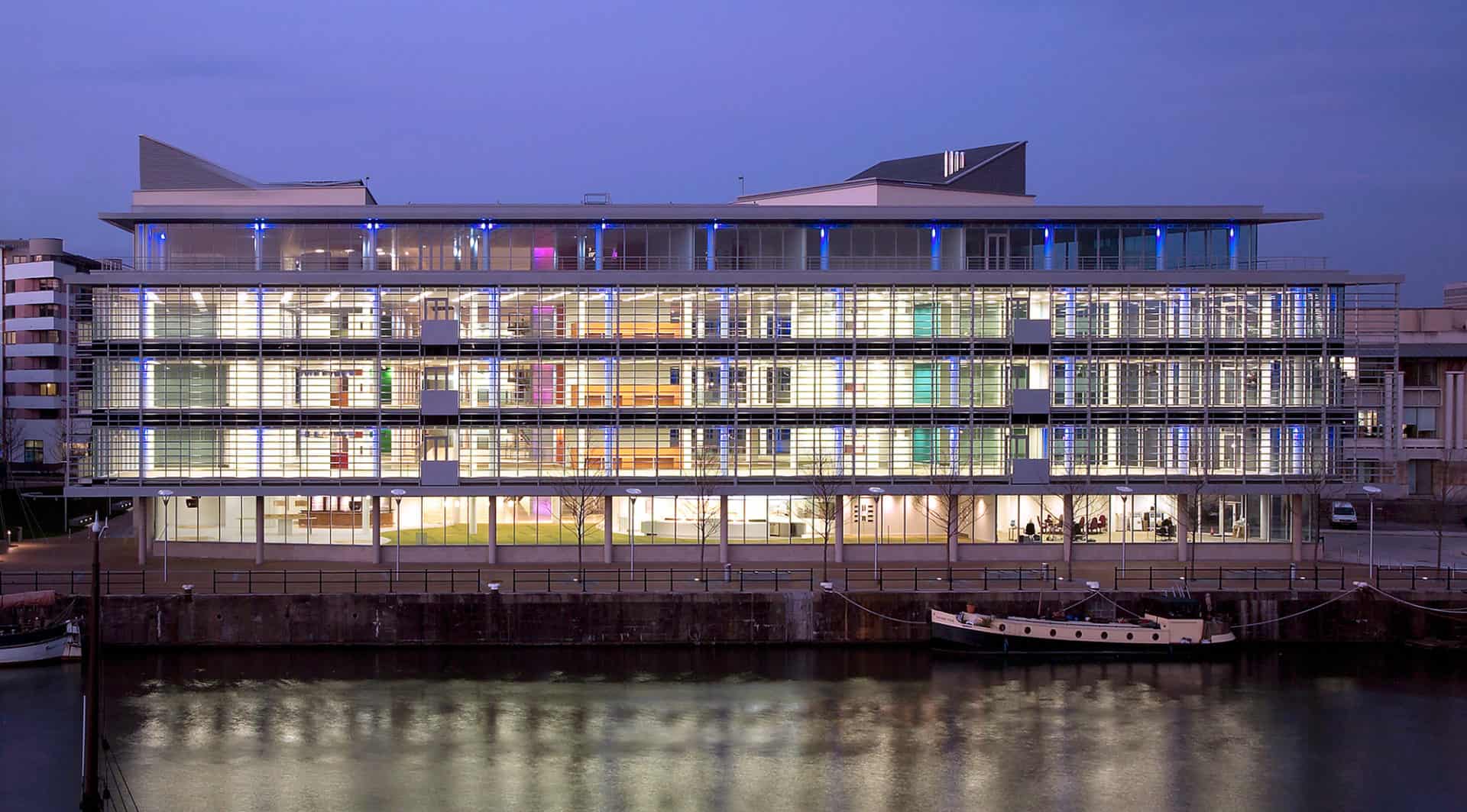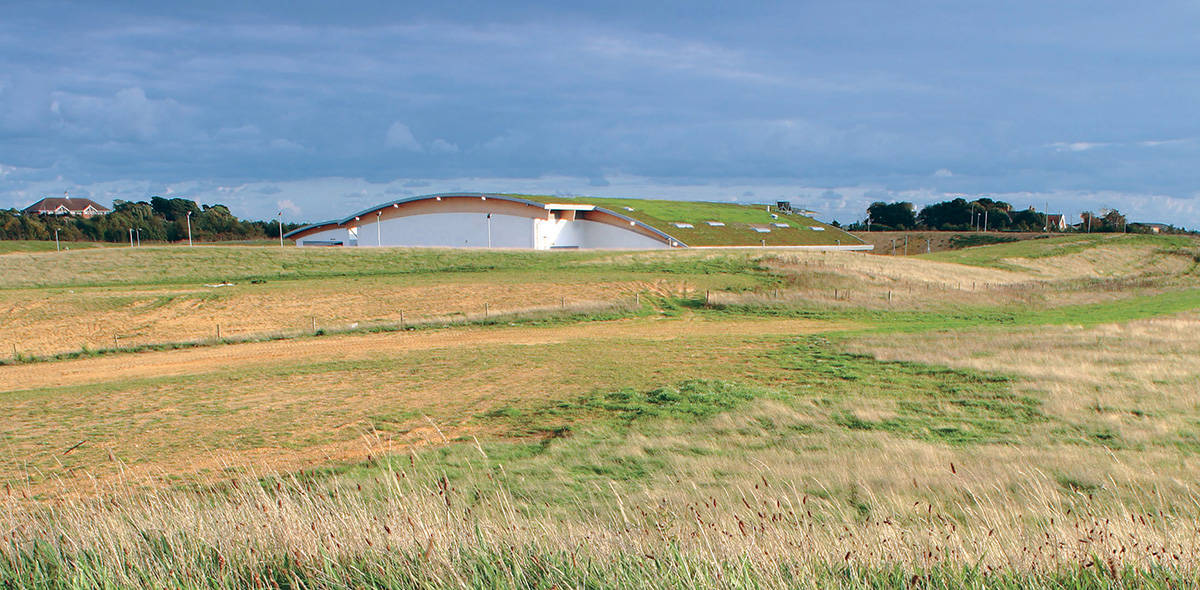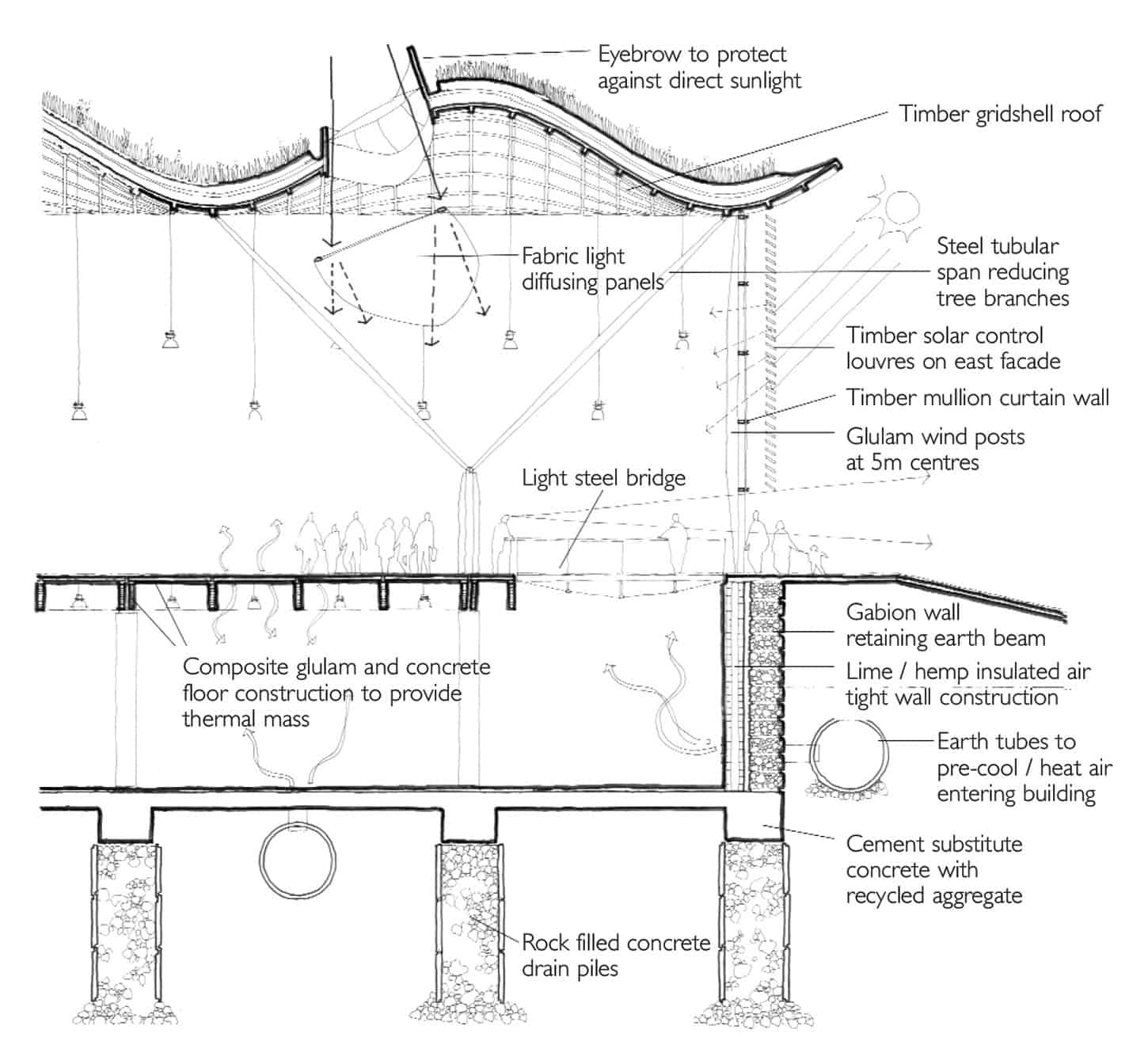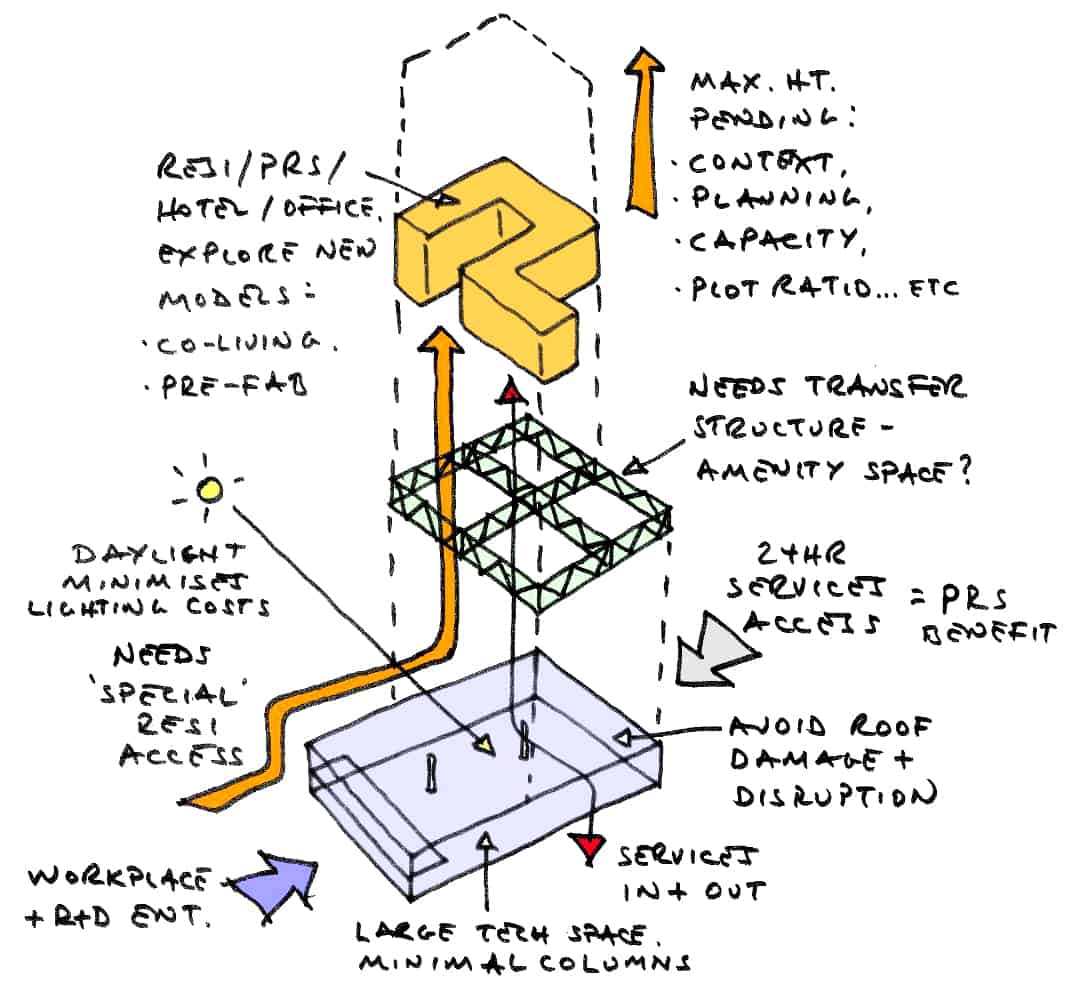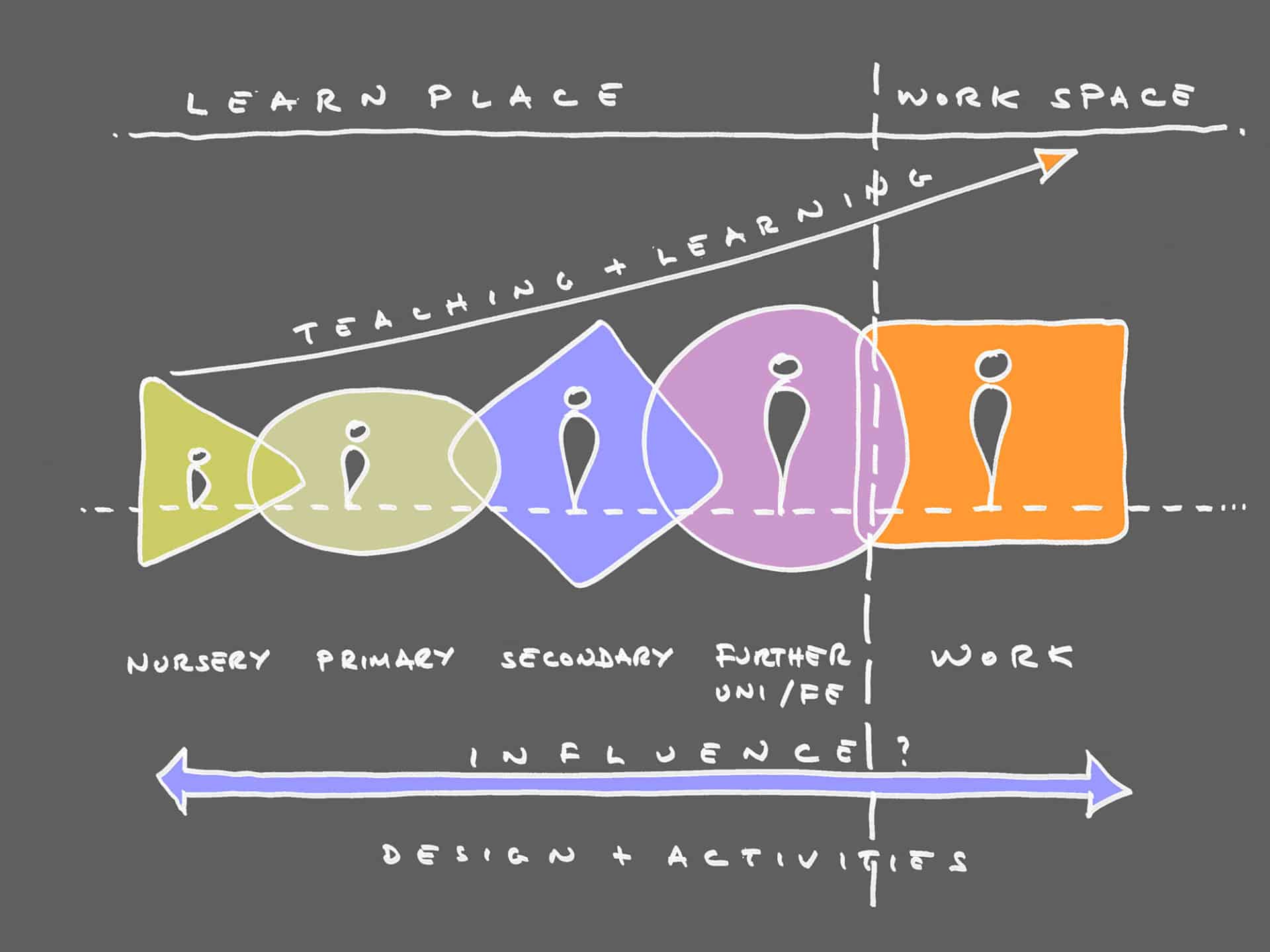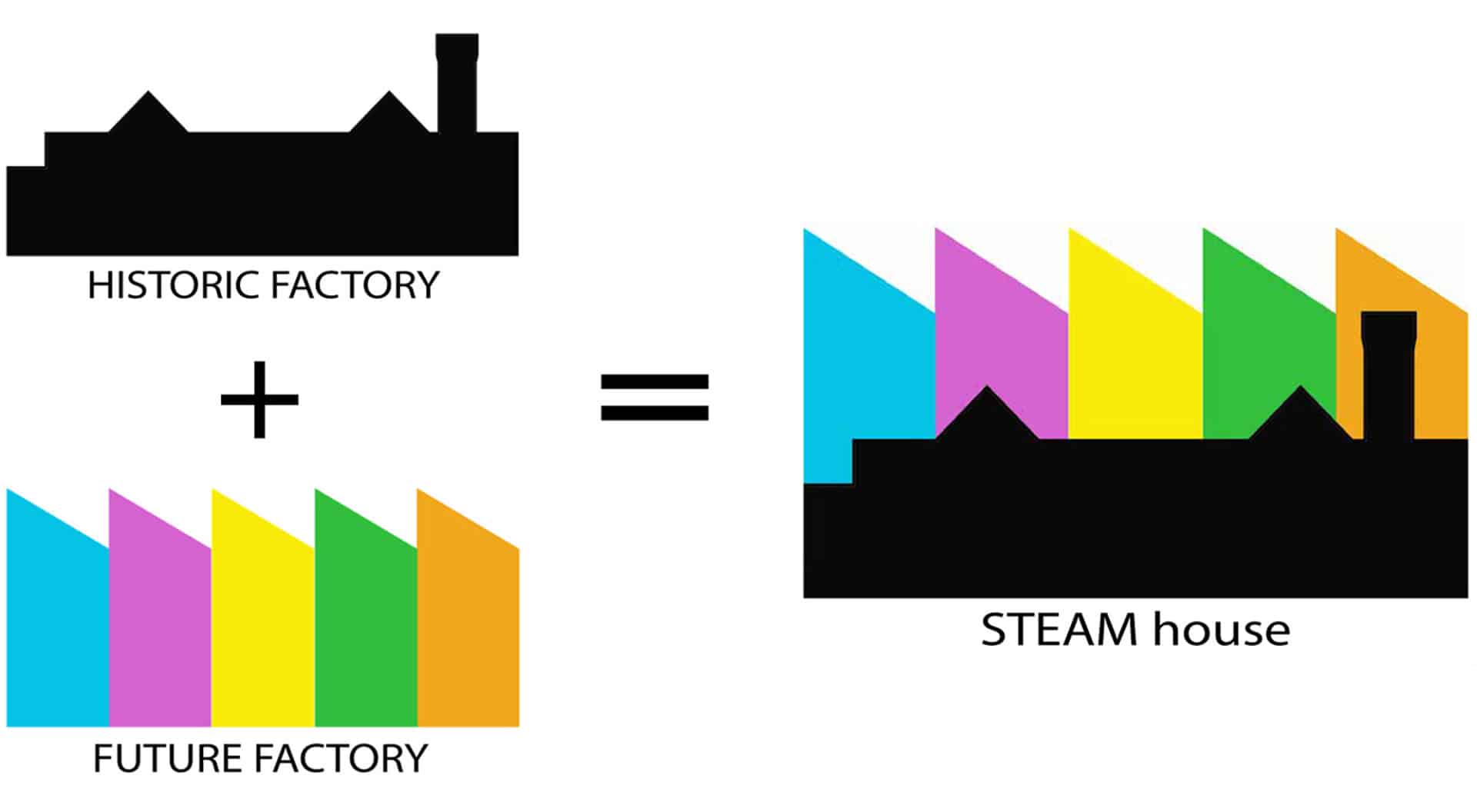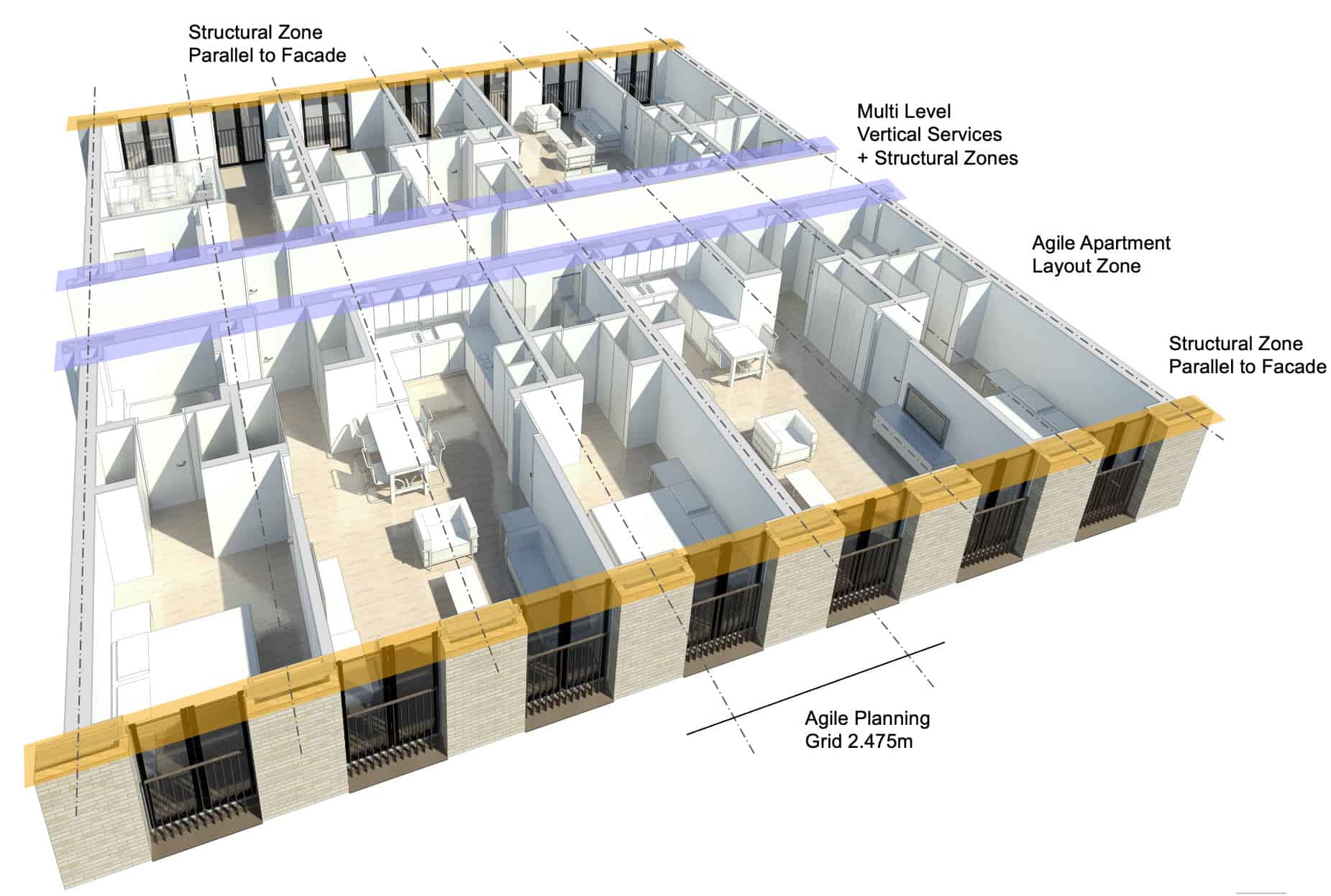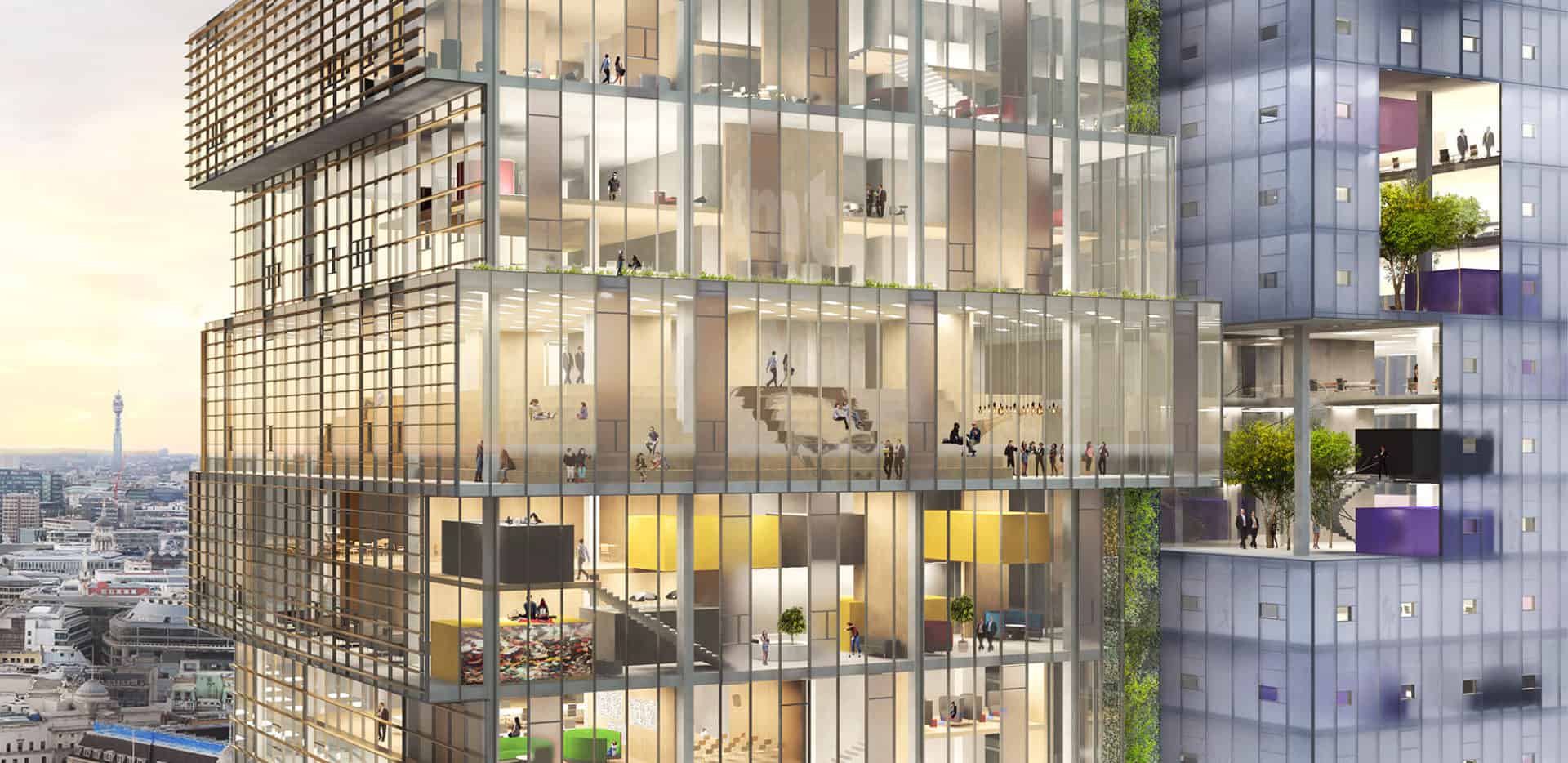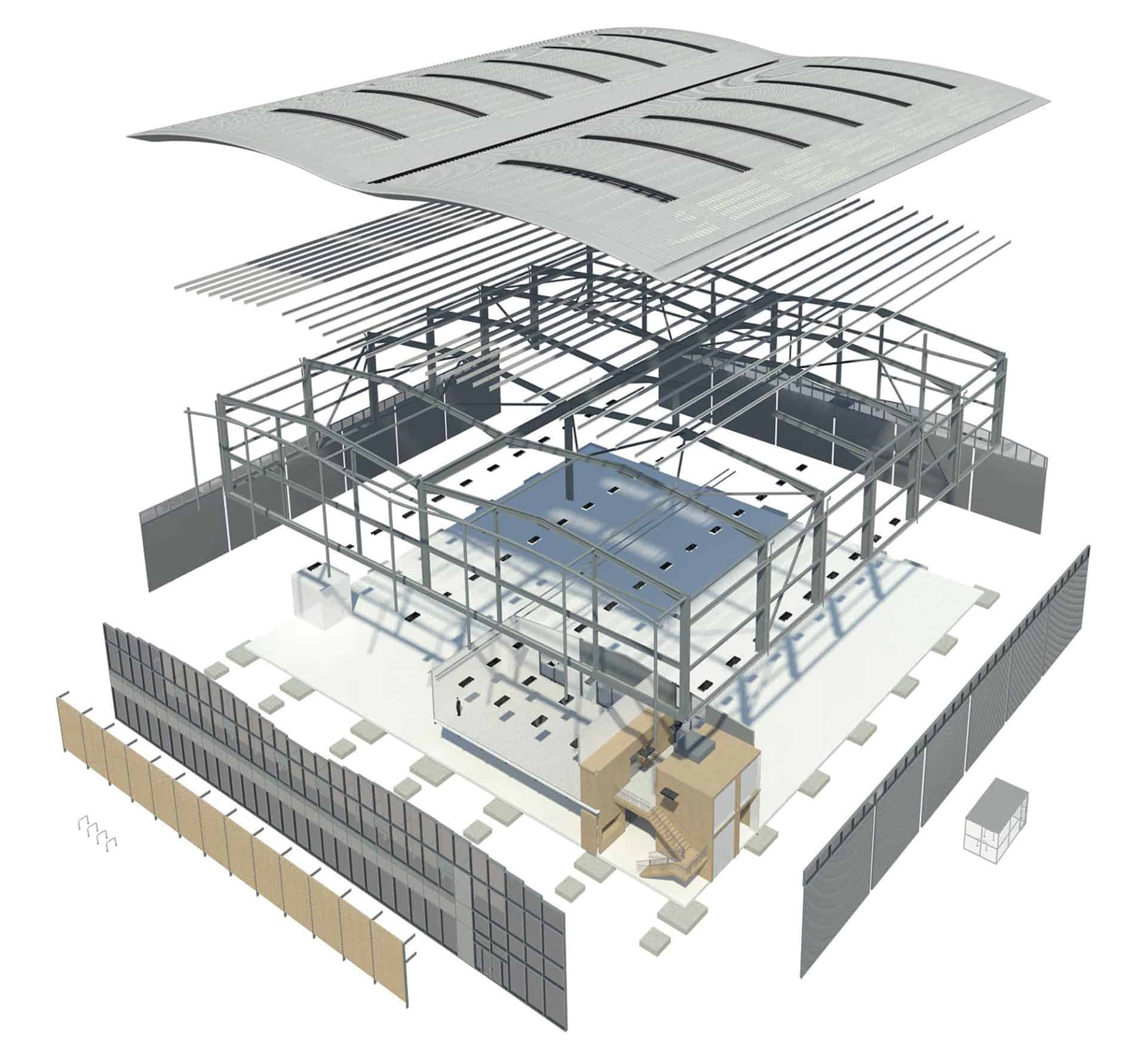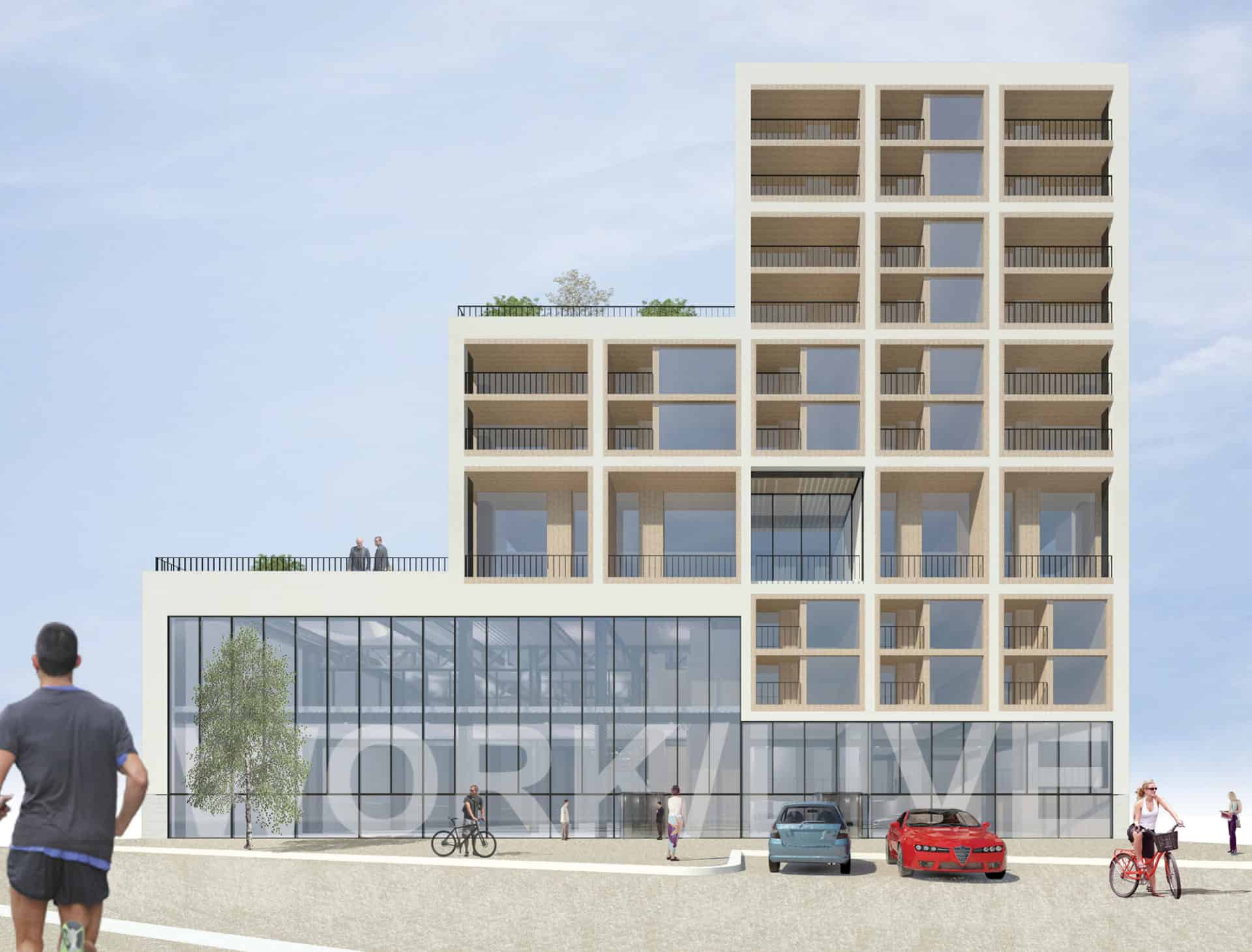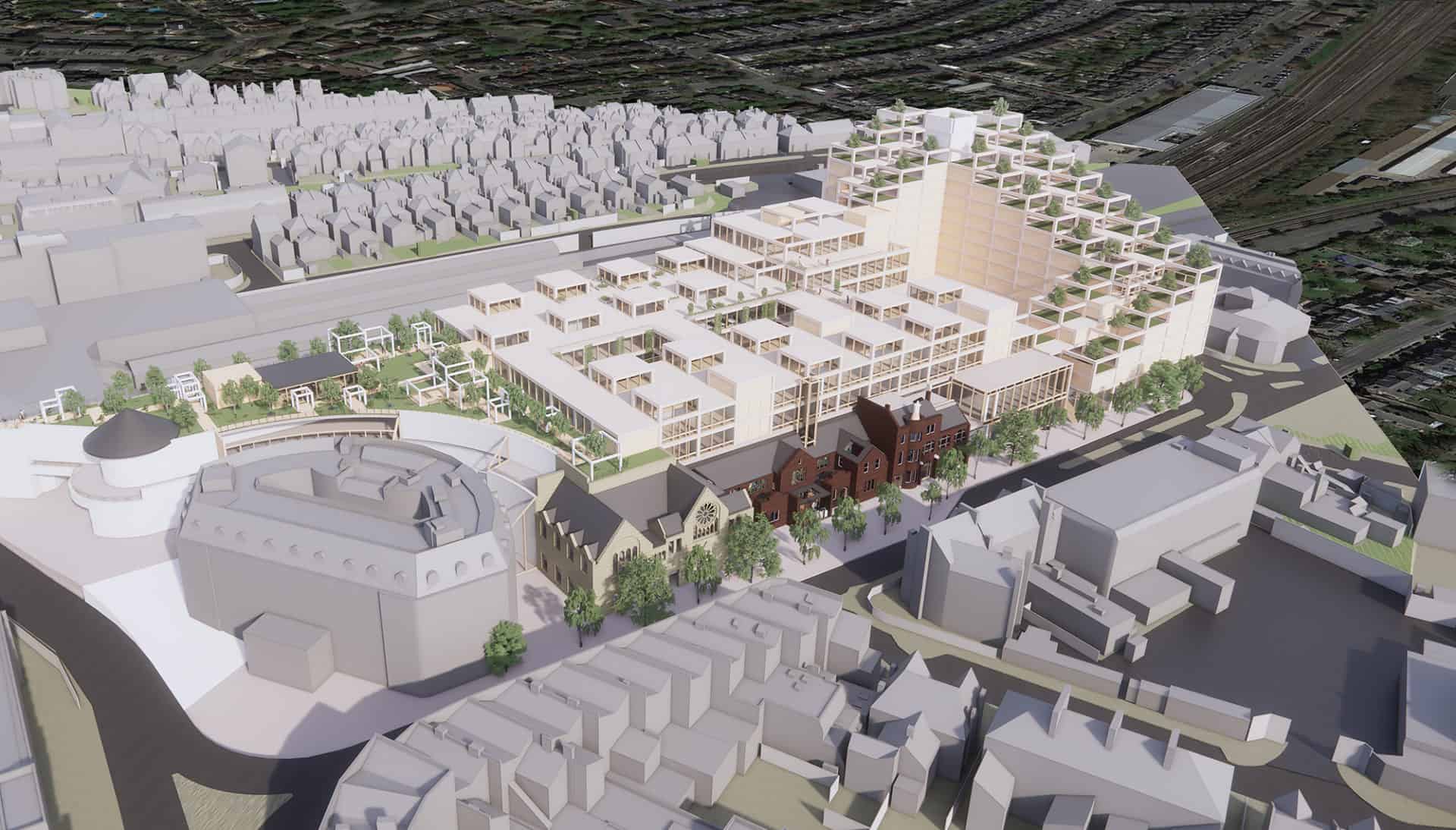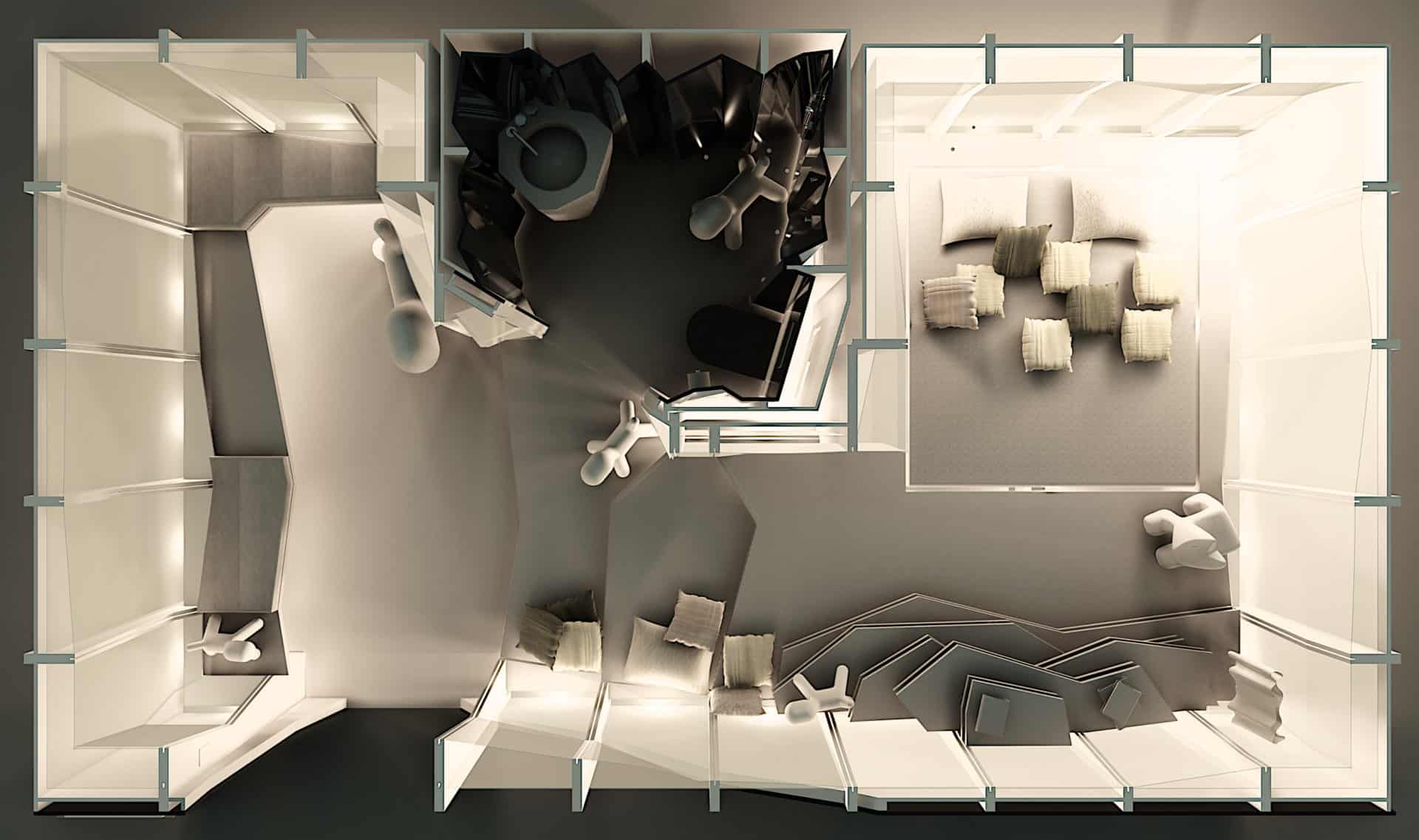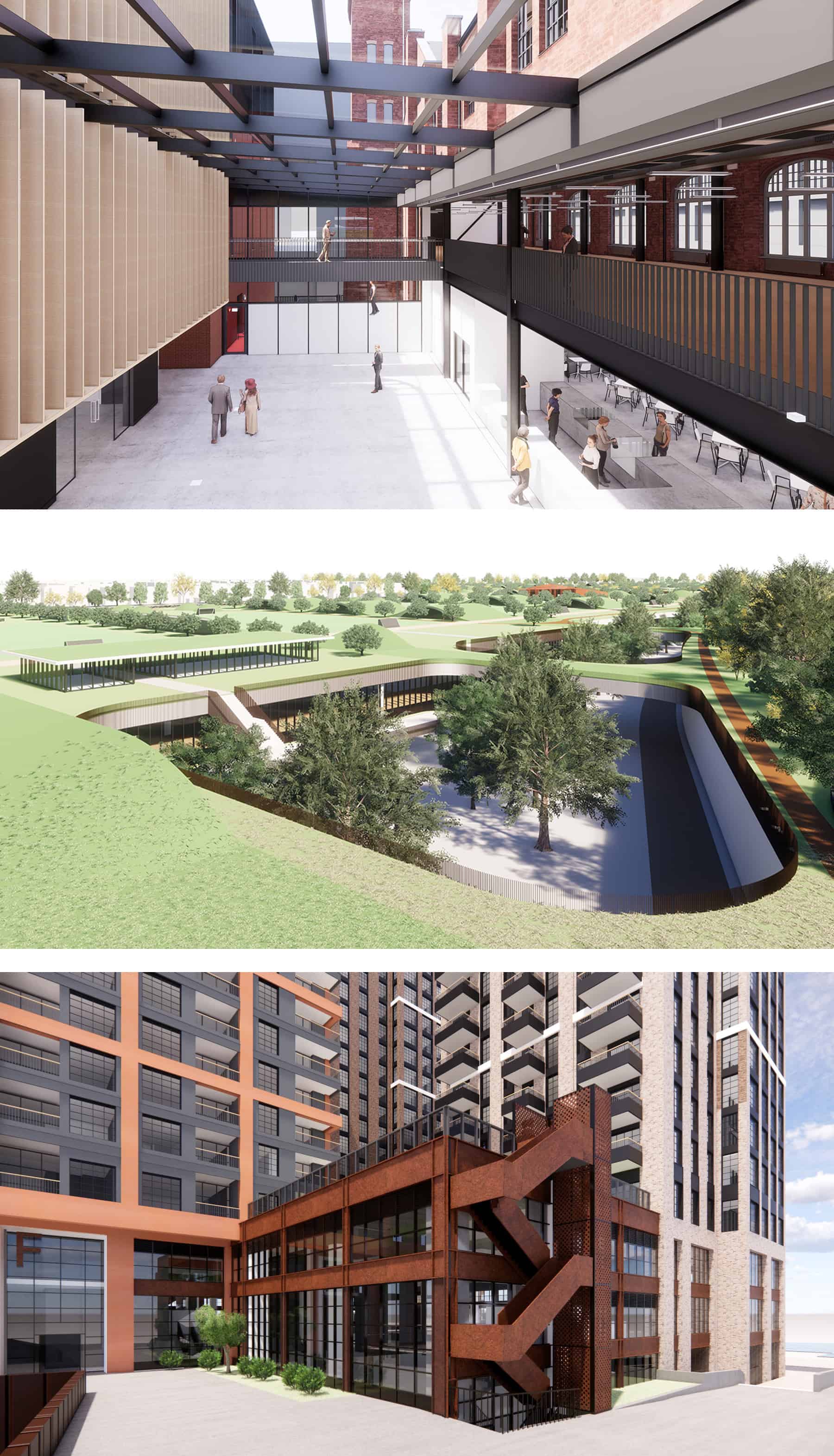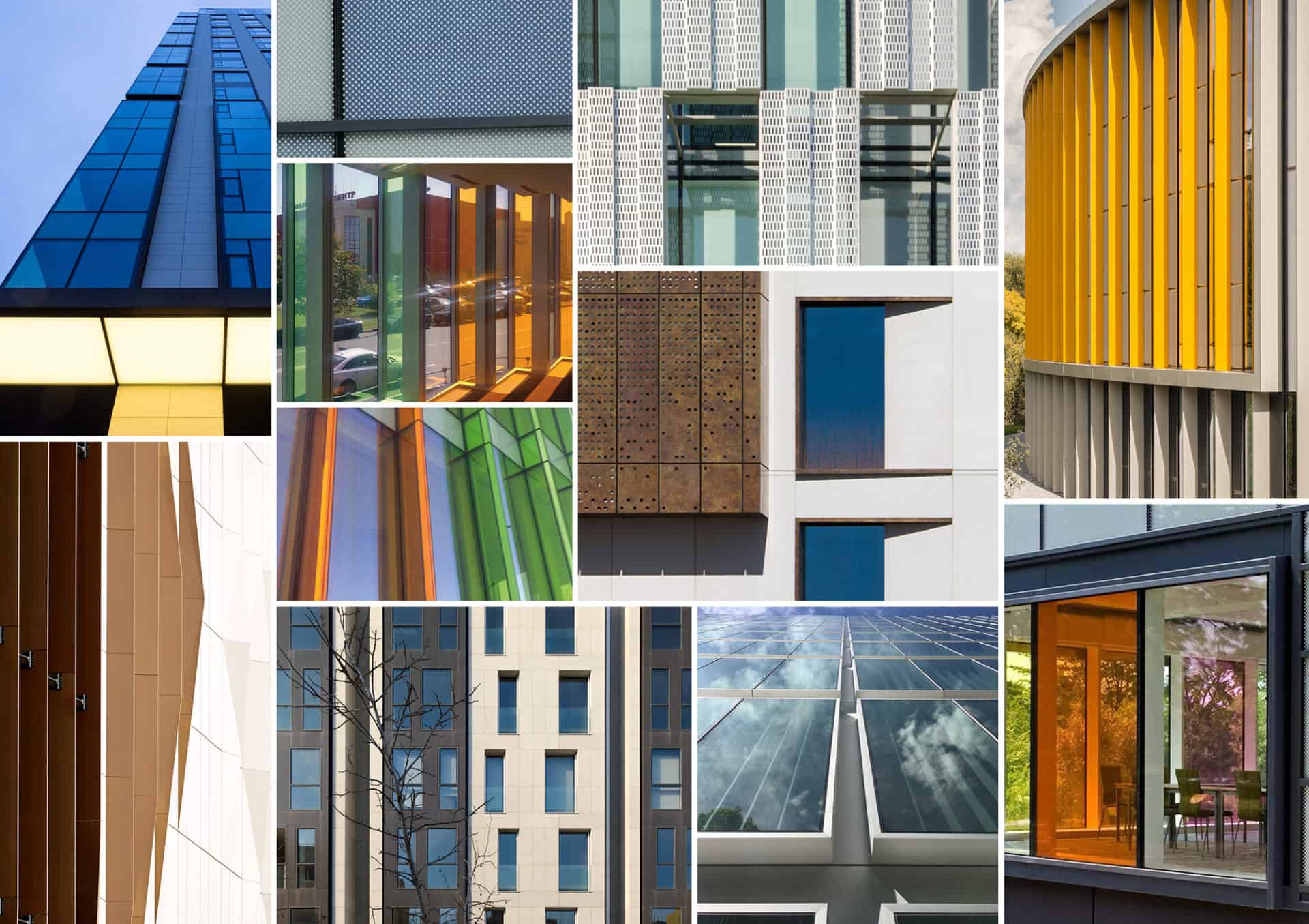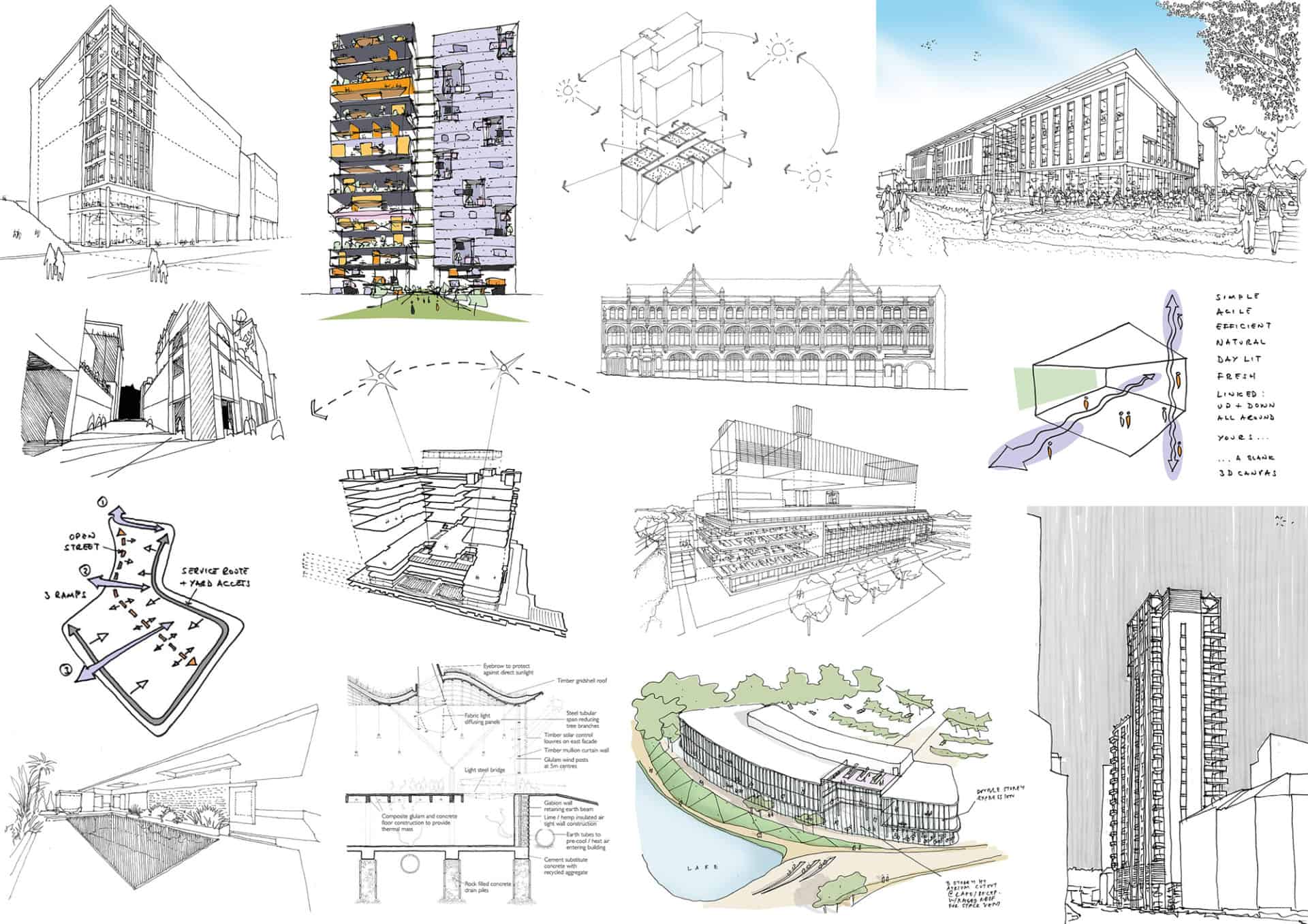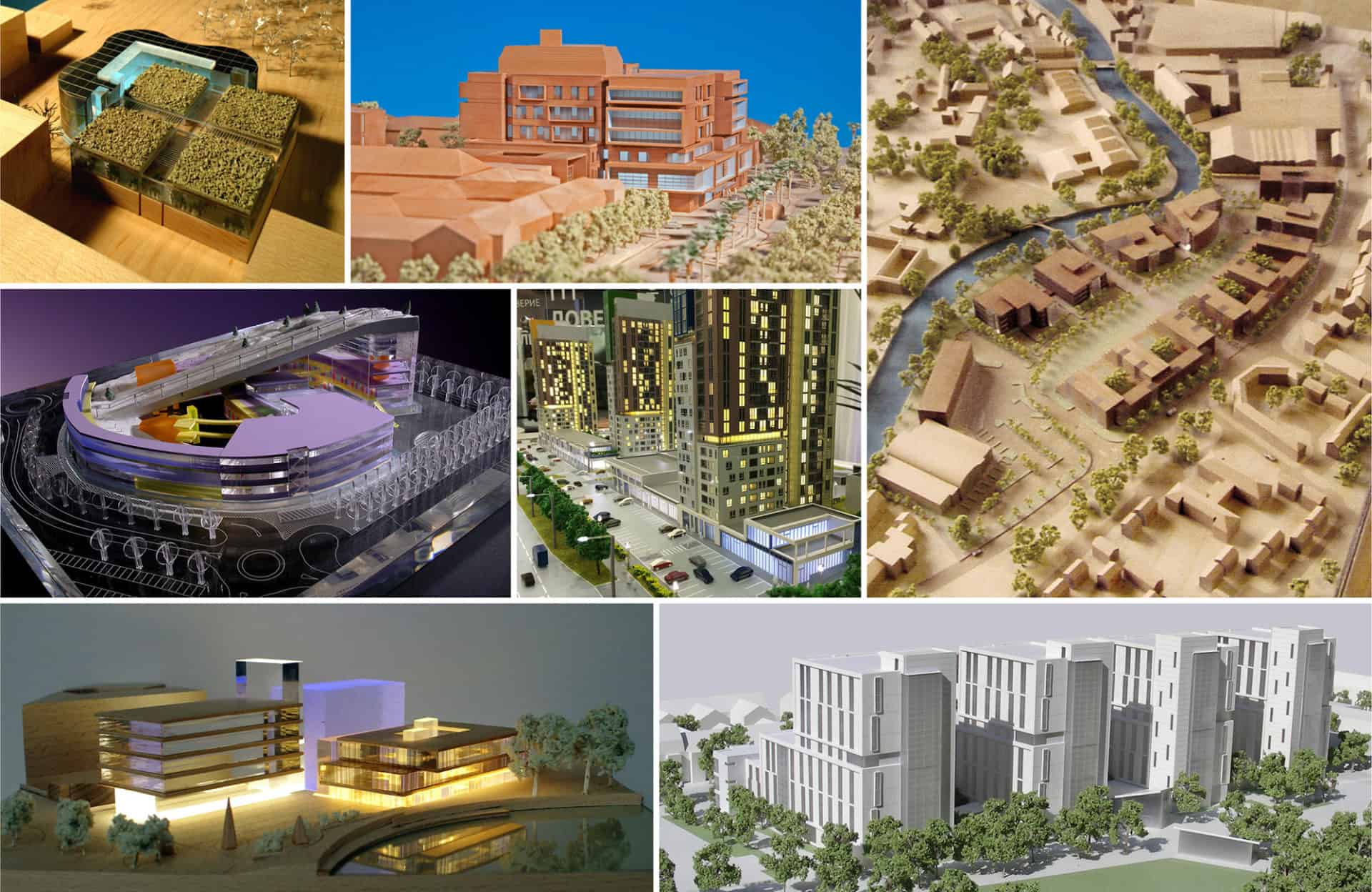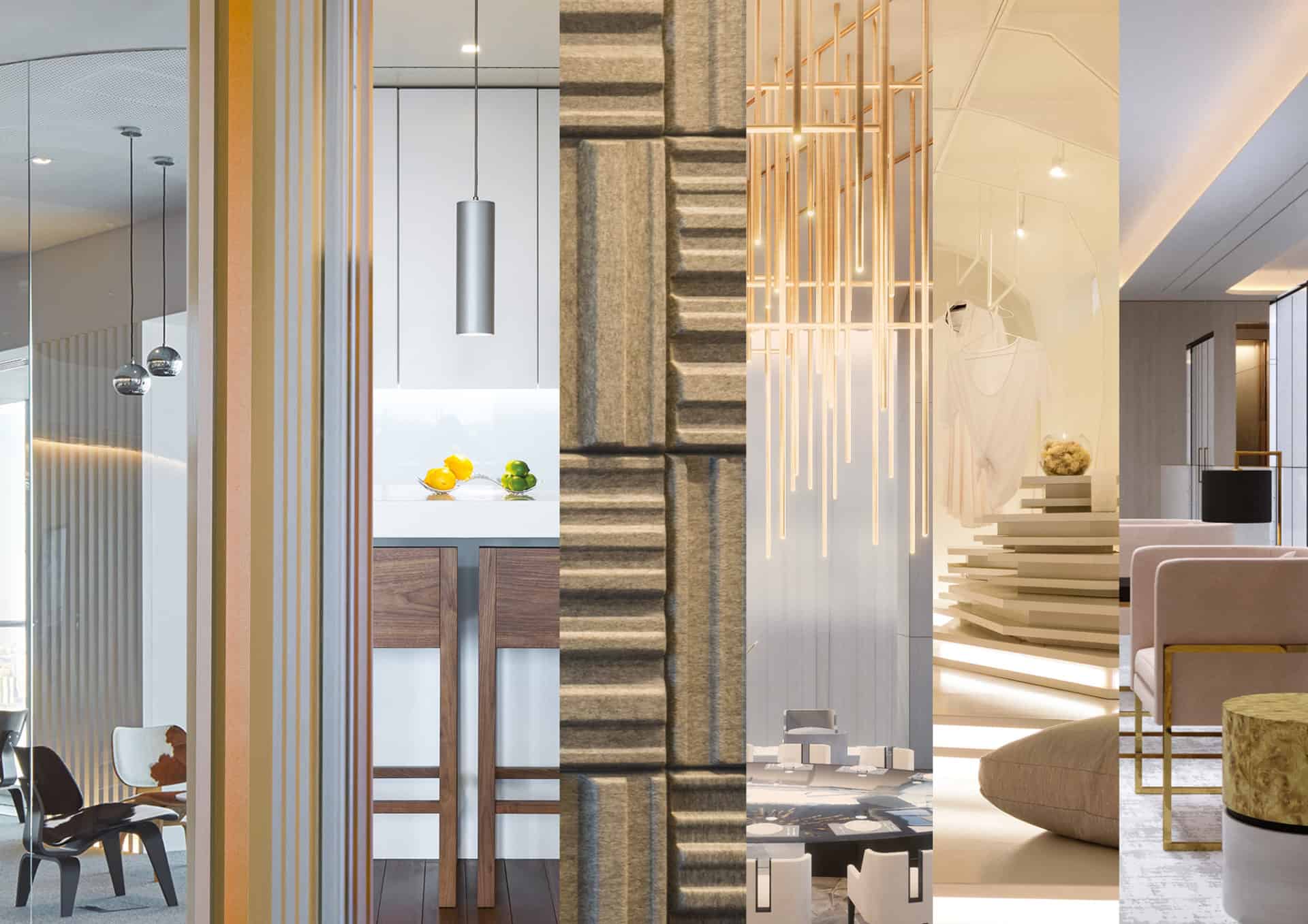Our culture drives both our design and studio of like-minded architectural thinkers and designers
Our studio has emerged from the journey of six architectural practices coming together over 115 years building a legacy of design excellence and sustainability. This extraordinary and unique resilience reflects our enduring design quality, innovative R+D and a collective design culture
We now draw on a blend of the best of our past and the inventiveness of our R+D to inform and drive our current and future projects
Looking back is almost as much an act of invention as speculating about the future. This is particularly so when considering the history of an architectural practice that has evolved over the last 115 years, shaped as much by design as by events and opportunity. This is effectively a curated archive, illustrated by milestone projects in a bricolage of history that has informed and shaped our frequently reinvigorated design culture.
The story of our journey from 1906 is ultimately one of people, for this and the buildings they/we have created are the foundations of more than a century of design, which have led to where we are now.
The threads woven together to form the Aukett Swanke that we know today all have beginnings : Walker and Gillette in 1906, William A Pite in 1908, John R Harris in 1949, Fitzroy Robinson in 1955, Shankland Cox in 1962, Aukett Associates in 1972 and the final evolution of Walker & Gillette prior to the most recent merger, Swanke Hayden Connell & Partners in 1975.
A collection of other companies and joint ventures have marked junctures on this journey, with further stakeholders contributing along the way.
In the pinnacles and landscapes of this history, and the range of spaces in-between, we start to understand legacy, the inheritance that each generation leaves for the next and which is the responsibility of those that follow to develop and take forward. This is the notion of ‘practice memory’ that we have long embraced in the London studios, where ideas, processes and knowledge accumulated and evolved over time are passed on through collaboration, mentorship and innovation.
There are thousands of buildings that have taken shape on the drawing tables and computers of the studio over this time. The range, unsurprisingly, is vast and therefore chronicled selectively to illustrate innovations and exemplary projects.
So we record here an approach, an enduring design culture which embraces collaboration and innovation and links the various studios and their iterations over time into a refreshed culture that respects and mines our inheritance whilst striving on with a pioneer spirit to create and deliver new environments that focus on the needs of people and the planet.
A few early examples include flight entrepreneurs the Wright Brothers’ Memorial, designed by Rogers and Poor in 1927, marking their first flight from Kill Devil Hills in 1903, followed shortly after by the Fuller Building in New York City in 1929, both strongly influenced by Art Deco.
More than thirty years later, Alfred Easton Poor was behind the Jacob K. Javits Federal Building, also in Manhattan, whose entrance plaza was host to the short-lived and controversial Richard Serra sculpture Tilted Arc.
At the same time in the 1950s, Herbert Fitzroy Robinson began working on a raft of projects in the City of London for early clients that included Landsec and Great Portland Estates; other notable commissions included NM Rothschild’s headquarters in St Swithin’s Lane completed in 1965, and the London Stock Exchange in 1975 which we then adapted in the late 1980s to incorporate the latest computerised information systems and dealing pitches in preparation for the ‘Big Bang’.
The 1970s proved a prodigious period for a number of the practices, almost all working in parallel. In the City of London, Fitzroy Robinson’s Geoffrey Rainbird designed the Brown Shipley building, completed in 1975 and which was awarded Grade II Listed status in 2015; it is still occupied by the commissioning client.
In 1978 the practice designed the first purpose built internal office atrium in the UK at Billiter Street, also in the City of London and a year later the muscular Lloyd’s cheque clearing centre known as Sampson House, which would define the cityscape of Bankside alongside Giles Gilbert Scott’s eponymous power station, which would become Tate Modern, for decades to come.
During the 1960s, John R Harris & Partners was invited by the then Ruler of Dubai to develop the first Dubai Masterplan, and later completed the Dubai World Trade centre tower with its innovative double façade designed to eliminate solar gain, opened by HM The Queen in 1979.
Shortly after this, Fitzroy Robinson completed the first two towers on the Corniche in Abu Dhabi, the Sheikh Mohammed bin Zayeed Building in 1974 followed by the Arab Monetary Fund Headquarters in 1982 – the two buildings are still commemorated on the country’s 1000 Dirham banknote. Subsequent buildings in the Middle East included the Ministry of Foreign Affairs, Oman and the Kuwait Law Courts, both completed in 1985.
In the 1980s Aukett Associates, still a relatively young practice, was trialling one of the earliest uses of computer aided drafting software in the UK and also listed on the London Stock Exchange, hosted in the building designed by the practice it would merge with seventeen years later.
Across in the United States, the practice – named Swanke Hayden Connell in 1981 – completed the restoration of the Statue of Liberty.
Meanwhile, Fitzroy Robinson’s development of the internal office atrium reached its apotheosis in the Standard Chartered Bank on Bishopsgate, and the practice designed London’s first ‘air-rights’ commercial development over Fenchurch Street station.
In the 1990s, following the deregulation of the financial markets in the UK in 1986, SHCA set up in London and by the end of the decade had designed a number of landmark projects including headquarters buildings for Merrill Lynch and Deutsche Bank which marked the arrival of the large open plan office and trading floor plates in London, carefully integrated into the City’s medieval street pattern.
In 1991 Fitzroy Robinson’s restoration and refurbishment of the Grade I Listed Royal Exchange in the City of London was opened by Her Majesty the Queen; The Royal Exchange is a project on which the practice has continued to work for successive owners since then.
Closing out the 20th century, Aukett Associates found itself as a finalist for the inaugural Stirling Prize with offices designed for Proctor & Gamble in 1996.
The new millennium heralded the merger of two of the major practices – Fitzroy Robinson and Aukett in 2005.
Two of the projects which marked this phase of the studio’s development were the Adnams Distribution Centre in 2006 and the benchmark-setting super sustainable Cheshire Oaks store for Marks & Spencer, which both used glulam timber and hemp lime wall construction.
These two projects were also instrumental in establishing a research culture in the practice, not just into materials and performance, but also into use and typologies which have come to define the studio’s output in the second and now third decade of the twenty first century
Following the merger of Swanke Hayden Connell’s European operations and Aukett Fitzroy Robinson in 2013 to form Aukett Swanke, R&D has driven much of the studio’s work in sectors including workplace, schools, hotels, higher education, industrial and logistics, residential, retail and latterly hybrid buildings, which combine these uses into highly flexible, intensified 3D master plans.
It is extraordinary to consider that there was little direct crossover between the practices prior to the most recent merger, especially as large design practices operating in London over the last half century.
This is apart from successive refurbishments of the landmark Adelphi Building on the north bank of the Thames, first by SHCA and then by Aukett Fitzroy Robinson, and this nugget, uncovered in our research process, which neatly illustrates the earlier point about architecture ultimately being about people.
SHCA’s 2010 City of London Academy replaced the Islington Green School, whose 1979 Form 4 music class sang the chorus to Pink Floyd’s Another Brick in the Wall, penned by none other than Roger Waters, a one-time Fitzroy Robinson alumnus.
Since 1906
In our studio we are a group of like-minded architectural thinkers, designers and producers, collectively exploring and shaping our projects for interiors, buildings and master plans
The notion of a collective design culture is something that requires both knowledge sharing collaboration and the acknowledgement of collective authorship. Once you engage collectively outside the studio, with the involvement of clients, neighbours, consultants, contractors and other stakeholders, this becomes a communal process seeking and creating mutual benefits for people and the planet.
We recognise the contribution of all levels of skillsets and experience, from assistant to director, through the use of continual design reviews, strategic debates and inspirational visits. This all takes place within the pedigree of more than a century of innovation, which lives on and evolves in the studio through active mentorship, and which is something we see as a fertile ground for or backdrop to our design process.
Both our studio culture and project designs benefit from this collective approach, enabling a free flow of ideas between all colleagues to stimulate and enhance our designs, whilst exploring the blending of uses and their enclosures across typologies to create better places and spaces for our client’s projects, their inhabitants, and the environment in general.
We collaborate with artists, designers and occasionally other architects on our projects, including Kris Ruhs, Pierre Paulin and the late Azzedine Alaïa on the latter’s flagship boutique on New Bond Street; with Ptolemy Man on the façade of Kings Mill Hospital in Nottinghamshire, and with Susan Lake on our concept hotel room for the 2016 Sleep Event.
The sculptural panels on our headquarters building for Carnival in Southampton are called ‘The Largest Longitude / Time Plot in the World’ by artist Chris Tipping and the granite installation in the pedestrian plaza between the entrances to Nos 1 and 2 Forbury Place, Reading were by Simon Hitchins.
These collaborations were fundamental to the conception of these projects and demonstrate an openness and interest in the design process itself that crosses disciplinary boundaries.
/
Collective
The people we work with at Aukett Swanke, and those we design for as clients or inhabitants, are fundamental to our core philosophy that focuses on People and the Planet
We are made up of a talented collective team whose lives, families and passions are immensely important to us. We value and nurture their wellbeing, skills and passions to create the best designs for all our projects.
As a knowledge intensive design studio, our people benefit from a natural and generous flow of ideas, evaluations and information, enabled through the open studio, more recently via digital media and frequently through spontaneous and serendipitous chatting both in person and virtually.
We provide wellbeing support and encouragement through our directors and our HR team, led by Yvonne Mathurin. This is in the form of healthcare for all and socials for fun amongst many personally attentive channels for dialogue and understanding.
The people who are our clients also benefit from our insights, inquisitiveness and innovations as we seek to understand them and their objectives from a very human to a very technical level. We learn from their own personalities, objectives and challenges to create tailored designs that will delight and enhance their needs and aspirations.
One of the R+D projects we carried out, originally for Canary Wharf, led to a realisation that design briefs can focus unevenly on the square feet or m2 of a project.
Whilst this is essential for basic quantums, we offered a complimentary view that the volume of spaces be considered more when designing and shaping our working and living environments, literally the m3 around a person, as this encourages us to increasingly consider the air, light, space, movement, sounds, views, health and values of a person’s private and social spaces, instead of just their shoes.
This has become even more significant in recent years as the global population’s health and planet’s ecosystems have come under relentless pressure to change and mature into a harmonious balance of nature and our created shelters
People
We are acutely conscious of our planet’s challenges and our responsibility to act through design for its sustainable future. Our current work continues to develop a legacy of projects which are exemplars of environmental innovation, low impact and durability and are BREEAM, LEED and SKA accredited
Our company environmental policy statement can be downloaded here
At the scale of cities, we are currently leading the industry in developing hybrid development typologies which combine multiple uses in 3D masterplans – increasing densification, reducing impact and improving the quality of life for working, living and relaxing.
We believe sustainability is at the heart of delivering architectural excellence and ensuring the longevity of buildings. Our approach is focused on the key objectives of minimising the environmental impact of our buildings, maximising their flexibility, and designing healthy spaces that enhance occupant wellbeing. We work to help our clients create sustainable and agile buildings that meet their aspirations and will stand the test of time.
We centre sustainability within our design processes through client briefing, conceptual analysis, regular design reviews throughout the project, and engagement with post-occupancy evaluation. We promote learning and communication within our studio to ensure all our teams are knowledgeable about the latest innovations in sustainable design, material technology and construction, as well as current and emerging legislation.
Our approach to sustainability includes our own operations. We are ISO 14001 certified.
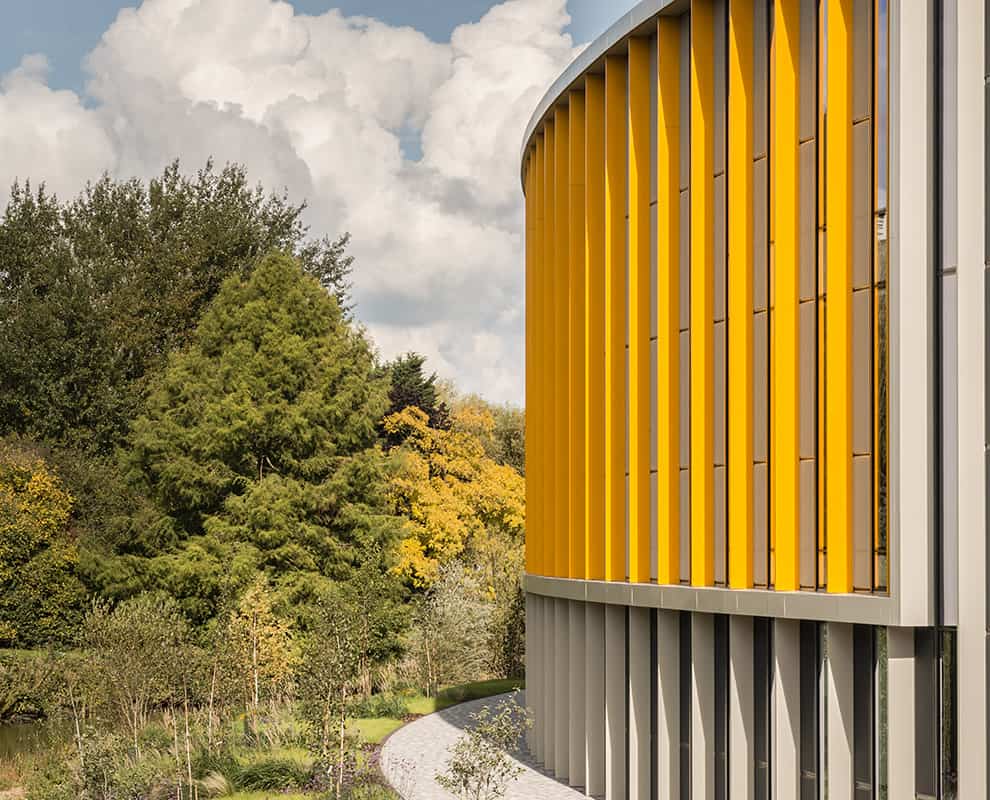
Bradfield Centre, Cambridge Science Park: passive environment for one of the first rural co-location schemes
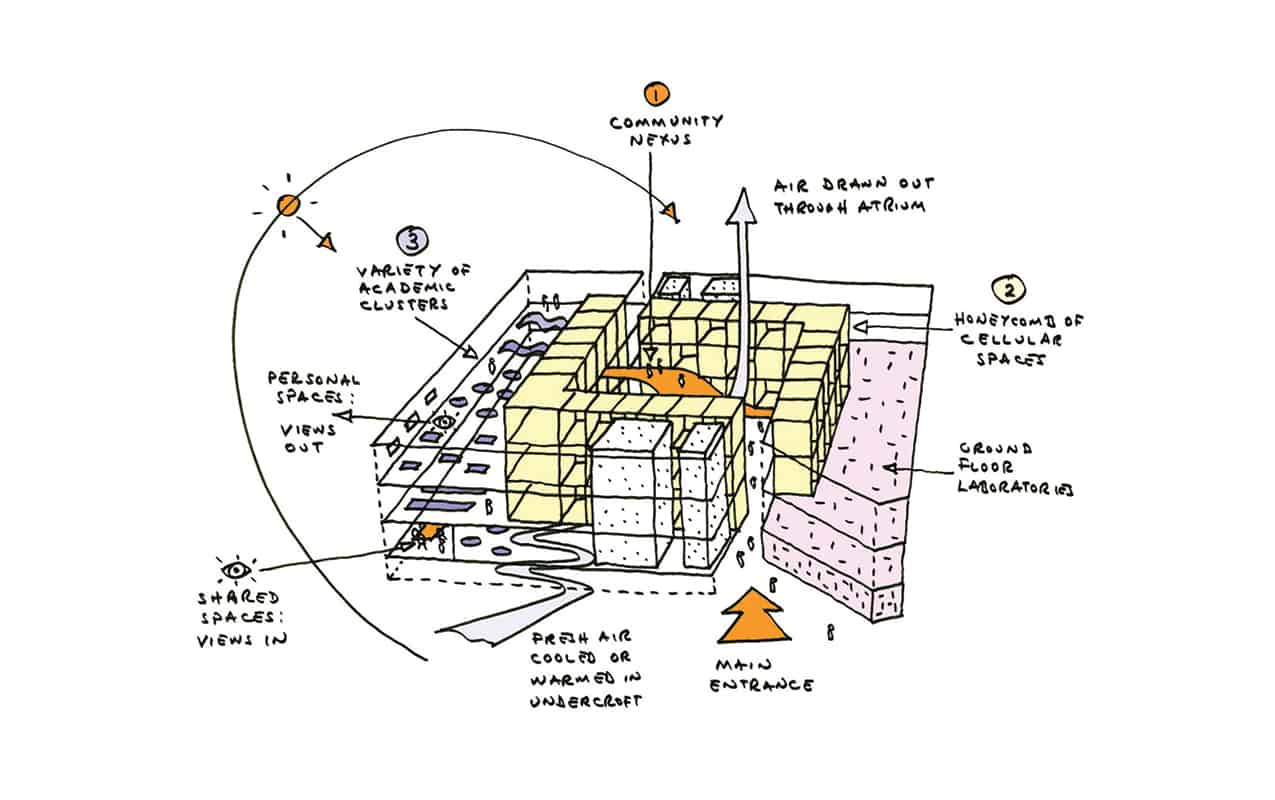
Jennie Lee Building, Open University, Milton Keynes: passive design approach with 90% natural ventilation including all rooms and atrium
/
We have a long history of leading on energy resourcefulness: our Barclaycard HQ in Northampton was one of the first BREEAM Excellent rated buildings in the UK, and the Harbourside building in Bristol used chilled beams, displacement ventilation and cooling from harbour water to regulate the building’s internal environment.
Our Distribution Centre for Adnams Brewery in Southwold had the largest green roof in the UK when built, and marked the first commercial application of lime hemp and chalk walling in the UK. This, along with the earth-sheltered glulam roof structure (creating a thermal buffer and improving the local biosphere), rainwater harvesting, solar collection and an integrated, landscape-based foul waste management system were all technologies that were also developed and integrated into our benchmark-setting sustainable store for Marks & Spencer at Cheshire Oaks.
A more recent focus on embodied carbon means close attention being paid to materiality, supply chains, reuse and the circular economy, and buildings that are fundamentally long-life, loose fit and designed for adaptability.
In the past twenty five years, many of our buildings have achieved recognised sustainable ratings and awards, both in the UK and internationally:
BREEAM Outstanding
BREEAM Excellent
- 1 Welbeck Street, London W1
- 125 Wood Street, London EC2 (Design Stage)
- 50 Queen Anne’s Gate, London SW1
- 62 Buckingham Gate, London SW1
- Ascot Underwriting, City of London
- Barclaycard Headquarters, Northampton
- Basilica, Essex
- Bradfield Centre, Cambridge Science Park
- Building D1, Jarrold Site, Norwich
- City of London Academy, Islington, London N1
- DCSF UK Government Offices, Sheffield
- Doxford International Business Park, Sunderland: Phases I, IV, V, VII
- Forbury Place, Reading – Phase I
- Forbury Place, Reading – Phase 2
- Harbourside, Bristol
- Hillingdon Circus
- KPMG Headquarters, Canary Wharf, London E14
- M&S, Cheshire Oaks
- Marlow International, Marlow
- Merrill Lynch European HQ, London EC1
- Molecular Sciences Research Hub, Imperial West, London W12
- One2one, Greenock
- Postgraduate Accommodation, Wood Lane Studios, Imperial West, London W12
- Reading International Business Park
- RSPB Headquarters, Bedfordshire
- Saurian, Milton Keynes
- STEAMhouse, Eastside Locks, Birmingham
- South Cambridgeshire District Council, Cambourne
- Verde SW1, London SW1
- Vestas, Isle of Wight
- Wellcroft House, Slough
- Willis Group, 51 Lime Street, London EC3
BREEAM Very Good
- 123 Victoria Street, London SW1
- 2 City Place, Gatwick
- 3 St James’ Court, Jarrold Site, Norwich
- Adelphi, London WC2
- Adnams Distribution Centre, Southwold
- Arcus III, Moscow
- Aztec West, Bristol
- Bath Road, Slough
- British Energy Headquarters, Gloucestershire
- BT Broomielaw, Glasgow
- Building D2, Jarrold Site, Norwich
- DTC, Saffron Hill, London EC2
- E-Commerce, Rainton Bridge
- Fujitsu, Central Park, Manchester
- Grace Academy, Coventry
- Hamilton Technology Park, Scotland
- Jennie Lee Building, Open University, Milton Keynes
- Joseph Priestley Building, Eastside Locks, Birmingham
- Lloyds TSB Call Centre, Bridgend
- Local Government Association, London
- Lunar House, Croydon
- MAN Group Headquarters, London EC4
- Norwich Union Headquarters, Norwich: Phases 1 and II
- NPower, Rainton Bridge, Sunderland
- One Coleman Street, London EC2
- Page Street, London SW1
- Phoenix House, Reading
- Plot 1400, Arlington Business Park
- Plot 3, Uxbridge Business Park
- Plot 4, Uxbridge Business Park
- Plot 5, Uxbridge Business Park
- Rampton Learning, Development & Conference Centre, Yorkshire
- RWE Supply & Trading, London EC3
- SAP (UK) Ltd, Feltham
- Scottish Daily Record, Glasgow
- Visteon, Basildon
- Wells & More, London W1
LEED Awards
- Allianz Headquarters, Istanbul – Leed Gold CI Award
- Abu Dhabi Plaza, Kazakhstan – LEED Silver Assessed
- BNYM fitout, Messeturm, Frankfurt – LEED Gold Award
- BNYM offices, Wroclaw, Poland – LEED Gold Award
- BNYM expansion, Wroclaw, Poland – LEED Gold Award
- Kempinski Hotel, Mall of the Emirates, Dubai – LEED Silver assessed
- Khansaheb Lifestyle Mall, Mirdif, Dubai – LEED Gold award (in progress)
- New offices and laboratory, Dubai – LEED Silver assessed
- Nidakule Atasehir Guney, Istanbul – LEED Gold award
- Nidakule Atasehir Kuzey, Istanbul – LEED Gold award
- Nidakule Atasehir Bati, Istanbul – LEED Gold award (in progress)
- Park Inn, Abu Dhabi Yas Island – LEED Silver assessed
- Radisson Blu Hotel, Abu Dhabi Yas Island – LEED Silver assessed
- Tekfen Oz Levant Ofis, Istanbul – LEED Gold Award
- Palais am Deutschen Theater, Berlin – LEED Gold Award
- Hotel and Office Campus, Berlin – LEED Gold Award
Interiors SKA Awards
- Rio Tinto, London W2 – SKA Gold award
- GE Phase I, Ark, London W6 – SKA Silver award
- GE Phase II, Ark, London W6 – SKA Silver award
BRE NEAT Excellent
- King’s Mill Acute Hospital, Mansfield Nottinghamshire
- Mansfield Community Hospital, Mansfield, Nottinghamshire
Code for Sustainable Homes
- Imperial West Phase 1, London W12 – Key worker apartments
Environment
Through rigorous R+D work we explore and challenge design typologies as they currently exist, and create fresh innovations and enhancements, even complete reinventions
This reflects our entrepreneurial drive for better design and our deeply held commitment to sustainable environments
The R+D acts as both a catalyst and intellectual backbone for design across sectors including school design, higher education institutes, residential, industrial, workplace, retail, hotels and most recently life sciences. Significantly we are also market pioneers in exploring blended hybrids of these typologies, most recently with industrial and residential environments, a newly established working and living environment sometimes labelled beds and sheds. We lead the market in many of these sectors which offers significant benefits to these blended communities, and value to clients enhancing their ambitions.
Our analysis, findings, observations, strategic explorations, ideas and innovations are captured and illustrated very graphically, reinforced by data input gathered and debated through immersion in each sector.
Each R+D workstream is presented on this website under the projects section, but a quick summary is listed below:
Schools R+D was acclaimed by all stakeholders from pupils to heads, contractors to academy groups, and the Department of Education.
Higher Education Institutions R+D included the infusion of agile academic workspaces with a variety of interactive and private spaces for research, learning, teaching and serendipitous exchanges.
Residential R+D has developed an approach to enable swift changes to the unit mixes without compromising the structure, services and openings. This is key for blending with other integrated uses such as retail and industrial.
Workplace R+D was enacted when Canary Wharf asked us how to attract the tech industry. This inspired a complete dismantling and transformation of traditional stack offices into an agile 100 year chassis with volumetric control of a space, that can accommodate a full variety of uses over generations.
Industrial R+D was driven by a request to refresh the sheds with Urban & Civic in Cambridgeshire. This involved intregating the units with a residential community master plan and opening up the windows onto work to establish a visual link and shared appreciation of living and working. This informed a subsequent R+D into hybrids of both typologies
Hybrid R+D was again prompted by an invitation to compete for a relationship with Segro to explore the blending of industrial and residential. It has led to the innovative designs of over 40 projects in and around urban centres, and more recently suburban and country wide sites.
Retail R+D has focused on the struggling shopping centres and high streets of our current global challenges and entrepreneurial disruptions. We have found huge agilty in the embodied carbon chassis of these places and explored multiple re uses and transformations.
Hotels R+D has explored the cultural traditions and evolutions of the traveller to create destinations of desire in themselves. The recent global experiences are further informing our thinking and ideas on these journey shelters.
Life Sciences R+D is immersed in this surging sector as we explore an enhanced design approach in new builds, transformed typologies and hybrid compositions in urban knowledge quarters.
Innovation is often sought but more rarely achieved. Our studio’s heritage has a record of projects which reinvent or adapt a typology to suit the times in which it is being designed and built.
Early examples include Billiter Street in 1978, which contained the first purpose-built internal office atrium in the UK; in 1988, the UK’s first ‘air-rights’ project designed and built over Fenchurch Street Station, both in the City of London, and the Dubai World Trade Centre in 1975, whose double façade was designed to eliminate solar gain .
Current projects which characterise this approach include STEAMHouse in Birmingham, which hybridises education and commercial workspace into an incubator space; Rectory Farm just outside London, situates an agile industrial campus below a unique public park and is at once urban and rural, industrial and start-up, with sunken public realm routes threaded through the facility to integrate human scale and experience into a blended community of workers and a recreational public, and Orchard Wharf on the Thames in Tower Hamlets reinstates a protected wharf for river serviced logistics and combines with residential use and public realm, reinventing fundamental elements of these typologies, to offer a hybrid architectural language of marine, urban and residential character.
These projects all demonstrate an ability to expand or reinvent the project brief for a project to transcend its requirements and create typologies, spaces and assemblies that will define how we think about architecture in the future
Innovation
The crafting of our ideas and design narratives starts in the studio and extends out through our skilled colleagues and the makers who transform them into spaces, places and buildings
Craft in design is the act of visualising and shaping forms and spaces, and is itself borne out of an iterative, collaborative design process through which we develop concepts into inspiring, elegant and durable designs.
Through this we develop the project’s spaces, forms, layouts, and proportions with materials, textures, colours and details.
We work on these collectively as a studio through drawing, diagrams, modelling, rendering, animation and VR, and also with a project’s stakeholders, embracing the budget and meeting the programme.
Diagrams are an incredibly powerful part of the crafting of an idea, enabling our team to illustrate design philosophies, narratives, challenges, opportunities, strategies, 2D and 3D compositions, layouts and details. They are often used to capture the design essence of a project for a collective understanding and objective of a project
The act of crafting designs also includes the balancing of dynamic forces including the future inhabitants, environmental benefits, the brief, the site, its neighbourhood, pure design aesthetics, performance, costs, phasing, all stakeholders and durability.
This requires both a cerebral and physical balancing and blending of these design drivers.
Our approach to crafting is demonstrated at all scales, from the socially inclusive public realm in our masterplans such as for Imperial College’s Imperial West campus, through to the articulation and detailing of the copper rain screens of the Molecular Science Research Hub on this site.
The multi-layered façade of the Jennie Lee Building at the Open University, the solar mesh on the Sir Frank Gibb Building at Loughborough University, and the wide range of innovative facades across our Life Science and Workplace buildings are all fine examples of the crafting details.
